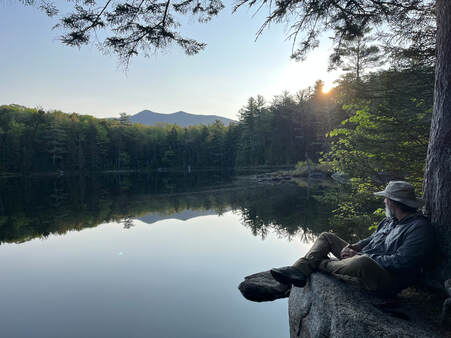 Hiked on May 28, 2023 We were dreading this one a bit. Owl's Head Mountain is on New Hampshire's "48 4,000 footers" list. To climb it you must walk nine miles into the forest and then turn back around. The views are scant. The footing is just OK. Also--since some of the trails are unmaintained--there is the possibility to get turned around or lost. It is an exercise in perseverance. It is a test of your physical endurance and your ability to move about in the forest. The reward is...well...you get to bag the peak. For me, this hike came at a moment of transition. I know I talk about this elsewhere, but I have a great deal going on. Much of it is life-stage stuff. Our eldest is in the process of moving out. Middle Son--who was the subject of many unschooling posts in my previous weblog--graduated from college the day before Owl's Head. Our youngest was in Kentucky competing in high school debate nationals. Also, there are vocational concerns for me. My rapidly-ending sabbatical has been about transitions. What will happen to the church in general? What will happen to the church I serve? In spite of plenty of thought and study...I don't know. 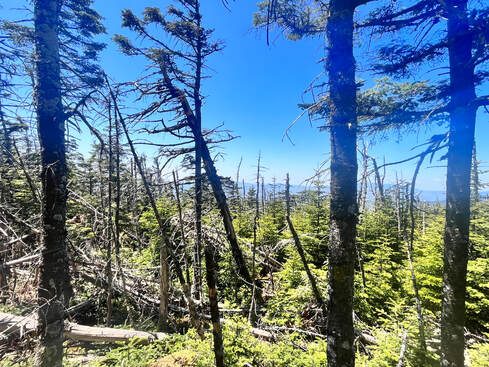 Anyway, what a great time for a walk in the woods. Nature, too, is in flux. Even without the brutal destruction of ecosystems. Change is in its nature when left alone. Out in the "wilderness" we can look around and see that living things grow, live their assigned cycle, and die. The natural world reminds us that we are a part of it. We are presented with the fact that the continuous transition we witness and experience comes from being part of a whole vast organism. Our failing is when we lose track of this organism and start believe that we--the constituent parts--are the beginning and the ending. This hike was hard. When we got back, my legs--relieved at having to walk no more--cramped up for a solid 30 minutes. Sometimes you choose a high degree of difficulty because the the challenge reminds you that you can do hard things. By doing these things in isolation--away from the high stakes areas of love and regular life--we can get the practice we need. We can develop the confidence that perseverance and problem solving bring. We can look back and recognize that--while no true mountain is the hardest mountain we climbed--we did the deed. We realize we can keep going on with hope even when we do not know the way. That was Owl's Head. It was a reminder that we are part of something much greater than ourselves. It was a reminder that--in this time or trail--I (we) can push on to whatever comes next. In the video we get lost and I lose track of time. However, I am glad we did it. I will be thinking about walking through that epic tree tunnel long after specific views on prettier, easier hikes are forgotten.
0 Comments
This past month has been a working sabbatical. Most of the the time has been built around discernment, both for myself and for the church. It has been about programming, training, and "next steps" in the constantly changing landscape of church and ministry. I will not lie. It has been stressful at times. Who knows, really, what will come next? During this time I have been expanding my outreach options. I revived my podcast; removing it from its old location and resettling it on the same platform with a few more "bells and whistles" that are probably not noticeable to the casual listener. I also began making more complicated and longer-running Youtube videos. Both the podcast and the videos are on the "Sabbath Walks" theme. There are a number of reasons to do this and it is probably worth taking a moment to let you know what those reasons are. So, for convenience and clarity, here they are...with headings. Personal: The fact is, I like the process of filming and editing. I like interviewing people as well. As with other things I enjoy--like walking or preaching--the activity takes me outside myself. It forces me to concentrate and create. There is a problem to solve and a clear product at the end. Other than worship, much of my work life is set around things with no beginning or ending. That is the way of nurturing community. I know this, but sometimes it is nice to make something. Also, these particular activities help me to mark a particular moment in the life I share with others. There is a great deal going on both at work and at home. We are all in the process of changing and growing. While I sat and edited the long "Seed Starting" video--I have learned something about the editing process since--my youngest told me that these will be nice to have and look back on. After all, life moves forward. Maybe the slow pace of videos on gardening and hiking will be important to us when we are at a different phase. Professional: This process obviously impacts my professional life. These skills are not what they taught me in seminary! Back then we were preparing for the 20th Century church. We even paused every once in a while to look back to the 19th Century with its battles both intellectual and literal. I remember being vaguely discontented much of the time. We were prepared for a world that was already over, but people didn't really believe it. These are different 21st Century skills. There are plenty of areas for growth as we realize some of the "old ways" left the stage a while ago. In this case, I am learning about sound, picture, lighting, and technology. Also, I am learning different ways to put together a story. Since the life of a clergyperson has a lot to do with living into and interpreting stories--personal and scriptural--this is no small thing. We can become stagnant, after all. The new techniques and new lenses have influenced how I use the many remaining familiar tools of my trade. Congregational: This interest of mine is not new. I have had some kind of weblog for decades. I have made YouTube videos for years. Most of these were of sermons or the performance of various iterations of our music ministry. If you want to know who took this work seriously, just look at who is in the music vids. Otherwise it seemed that most people thought of this as a "hobby" that detracted from more sober activities. Then March of 2020 occurred. On March 11 we decided to cancel in person church for March 15 of that year. Yep. That first online-only worship service was exactly three years ago today. Things changed then, didn't they? Our little side-ministry gave us the ability as well as the confidence to pivot immediately. It took us minutes to form the plan that became the foundations--or the spine, or the trunk--of church life for the next 18 months. Within a couple days we had our first service "in the can" and ready to go live that Sunday morning. We kept learning through that period, but we did not scramble. We didn't need to. Now we have moved back to "normal" and it is easy to forget what we did. However, we should not forget. It was our finest hour. These podcasts, videos, and blog posts are insurance against another time where we need them. Yet they are more than that. They are an imperfect window into what will come next. Increasingly, in fact, we will find that spiritual seekers will start their quest online rather than in person. These interactive technological tidbits are our front door. Spiritual: Yes, I am doing this for spiritual reasons, too. Partly the needs are my own. However, I believe that the sharing of my own quest and questions helps to enrich a ministry. Each "platform" connects to the others in order to form a whole:
In person worship feeds our souls in real time and brings us together as a community in ways that are just not possible otherwise. Our services and events are designed to create both formal and informal settings to gather, to explore life's questions, and just to hang out without the demands of a busy world. The Sabbath Walks Podcasts are designed to augment this experience. Most of them are under half an hour long. The goal is to put them on headphones or a speaker in order to connect once again to the spiritual element of life. We can take time for these topics while driving to work, or cleaning the house, or (even) hiking or walking around town. While The Sabbath Walks YouTube videos are relatively new, this technology has always been a popular extra for us. We used to share the musical performances quite a bit in the before times. Most of them did double duty as hymns during the plague. We reached the peak with weekly worship. Now I am trying out some other topics and styles. Each is an attempt, though, to reach out and show how the spiritual interacts with our everyday existence. Finally, we are steering our way toward workshops and walks. These will be--and have been--in person. There are many ways to worship and be worshipful. The "future church" whatever it may be, will need all the ways we can muster. That is all for now. Feel free to explore the links to our online resources. In the next few days I will try to curate them a bit for another post here. I have no illusion as to how often they now are or ultimately will be visited. The various counters and measuring sticks tell me that even when they get "liked" in a Facebook post, they aren't always interacted with. They are there, however, for when you need them. Perhaps that isn't today. Just remember that they might help you out some time. The Sabbath Walk isn't just for Sunday, after all. 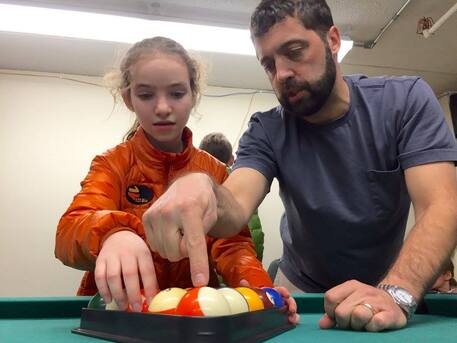 Here is an old pic of an elder teaching an important life skill at one of our annual ski trips. We are a community that plays together as well as worships together. It is OK that the line between the two is sometimes hard to find. Here is an old pic of an elder teaching an important life skill at one of our annual ski trips. We are a community that plays together as well as worships together. It is OK that the line between the two is sometimes hard to find. This blog is mostly about hiking. Other posts here are about gardening, music and tabletop roleplaying games. It is about "Sabbath Walks." By this I mean it is about finding ways to consciously involve the spiritual in what sustains us outside of the regular paths we occupy. It comes from an urge to find ways to form dialogues with the transcendent outside of what we think of as the "traditional" institutional ways. I think we often get lost when we try to do this alone. We want to have a spiritual life. We want that level of meaning in our lives. That, however, is hard to do. The topic isn't valued, after all. The sea we swim in every day is about money; who has it...who doesn't...how we make it...and how we make it for other people. The Man wants us to work until we think that is all there is. It wants us to identify with how we make money over the other facets of our lives. This makes that spiritual dialogue a challenge. Also, I maintain, the Man does not want us doing these things in a community of faith. This has left congregations with a choice. Synagogues, mosques, and churches can be either counter cultural (pointing to a richer identity for humanity that includes a just and inclusive vision of the future) or co-opted (keeping people docile and in the place "society" has chosen for them). I bring this up because I am a preacher by trade. Readers know this because I don't make it a secret. It is how I make my money and it is how I fight the Man. I am Team Counter Culture. However, I do not make church-stuff explicit here often because the co-opted faith is what most people know. I do not want my affiliations to get in the way of people's path here. People have ideas about religion; some gained by hard experience. I know that we can seem manipulative, judgmental, or just silly. However, I am trying hard not to be any of those things. I want what I write and talk about at Sabbath Walks to be taken seriously with openness as much as it can be. All this is to say that I am breaking my rule--for a moment--to share this sermon about worship in the church. This year I am off and on sabbatical and so is the church. We are thinking about what we can do to adjust to the post-modern world around us. To this end the Eliot Church, which I serve, asked for a prose copy of this sermon about a very churchy topic. If it is your bag please take a moment to read it. I will post some links at the end for further context. If you aren't into it, then you can move on judgement-free. The Quiet Mystery Rev. Adam Tierney-Eliot February 12, 2023 With certitude Simeon opened ancient arms to infant light Decades before the cross, the tomb and the new life –Denise Levertov So, it turns out that human beings haven’t really changed all that much over the centuries. We still find our inspiration both inside and outside the temple of tradition. In our reading today from Luke Chapter 2, Mary and Joseph took Jesus to the temple in Jerusalem; the holiest of holy places in their world. They took him there for the rituals of purification for Mary and circumcision for Jesus. They brought two turtledoves with them as an offering, just like in the famous Christmas carol. However, before they could make the offering, Simeon and Anna–Important religious figures in their own right; folk prophets, if you will–do a bit of an end run around the religious authorities. They provide their own blessings for the child Then…Mary and Joseph still head inside to make it “official” In spite of all they had witnessed–The angels, Zechariah being struck mute, the star in the sky summoning the magi, the shepherds' amazing stories, and even the presence of these two freelancers on the temple grounds–in spite of all the assurances that their child was unique and special, they still swung in to get the blessing done by the priests on duty before heading back to Nazareth. Perhaps cousin Zechariah himself was there performing the priestly duties, we don’t know. Now, this phenomenon still happens from time to time. It even happens in our small “low protestant” church. We get inquiries for weddings. We get requests for baptisms and child dedications, too. We host or perform memorial services both here and by the grave for good people who do not claim to "believe" whatever it is they perceive us as believing. Now, they are usually wrong about what we stand for. The truth is, they don't really care all that much, anyway because they are not looking for community in the long term. However, they are looking for meaning…in our church. At least in the one specific instance that brought them to us; the specific instance of birth or death or marriage. They come to us because the Eliot Church building is a place that tradition has set aside for finding that meaning. They are not seeking a church nor a congregation. They all, though, seeking…a temple.  Our worship in the sanctuary sustains us in our action outside it. Our worship in the sanctuary sustains us in our action outside it. Now these days we get fewer of those people visiting, and there are reasons for that, some of them are even good reasons. Still, the urge is out there. There is something in the human mind that seeks a place with sacred connection. Sometimes--as we have discussed before-- that place is out in the world somewhere. However, sometimes, it is right here where we still gather on the morning of the sabbath day. You see, the thing that congregations still do best–better than anyone else–is create a ritual landscape that carries meaning on a communal rather than an individual level. This is what the temple seekers who visit us are looking for. When human beings are seeking a place to gather in their own community (whatever that may be) for the spiritual work of community–of formally witnessing life's passages–people are drawn back to the temple that our congregation inhabits and maintains for at least that one moment. At the very beginning of this service I read a passage from Presbyterian minister Richard Dietrich, "How do we express reverence? We create communal responses in order to offer our awe...we create rituals around the seasons of the year, around the seasons of life: birth, coming of age, growing old, dying. We create things" and then we are loyal to them." People still get married in and buried out of churches, synagogues and mosques. These are places created by their predecessors. They dedicate their children even if they are not sure what they are dedicating them to. Now, they also receive the meaningful and unconventional blessings of families and self-appointed prophets. In fact, “in house” in our congregation we offer a lot of those blessings ourselves. We bless each other in non-official ways. If Simeon and Anna were alive today, after all, they would still be part of a congregation and great people regularly on the temple steps. All this means that the urge to worship more formally still exists–and it means a full house on Christmas Eve–but what we are doing right now doesn't have the draw it used to. Regular sabbath morning worship doesn’t have the draw anywhere like it used to. The problem, I think, is that for consistent participation and communal belonging as Human beings, we need to see ourselves–our lives and our understanding of the world–in the sabbath moment. We need this in both the old ways and the new ways. 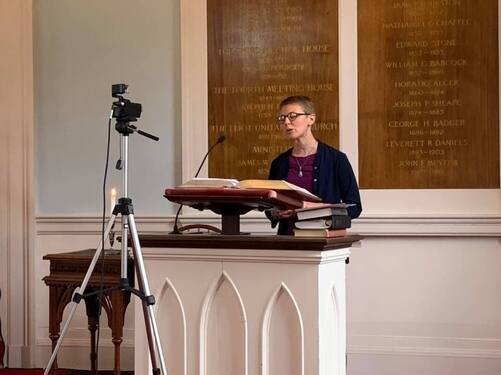 We did a great deal to stay together during Covid. Maybe there is something we learned about ourselves that can help us with the challenge now. We did a great deal to stay together during Covid. Maybe there is something we learned about ourselves that can help us with the challenge now. This is where we have that problem of perception. For while–as the Eliot Church–we do see ourselves in both worlds, I think it is safe to say that in certain quarters of our society what we do on Sunday morning can be considered a bit…unfashionable, unproductive…and Quaint. Of course we know this for we also spend most of our time living in the present with its pressures, needs and biases. This old stuff from the past that looks to the future can feel like a waste of time when there isn’t some “temple need” on the horizon. Why, after all, would a rational human being want to sit in a room for an hour to sing hymns, hear some poetry and listen to someone talk about it? We do not receive any gifts of productivity by being here. The era of the church as a networking site is long gone. There are more convenient ways to hang out with each other. However, most of us here do this regularly...and we miss it when we can’t. Of course we also know that the answer to these questions is in the questions themselves. We are drawn to the hymns and the prayers and the poetry. We even appreciate that perceived inconvenience which pulls us from the rat-race for a moment that sets our sabbath intention. Each week we look around the sanctuary at people who do not mind stating with their presence that they, too, appreciate these things. To be drawn to the temple for more than the holidays and major observances is to make the big picture a priority; to ground ourselves in the tested structures of the past. We talked about this last week. To be in the temple is to prepare for…whatever comes next in our lives. We worship together in this place in order to experience the spirit in the quiet of our hearts. Also we worship in this space together for no less a task than to share the inner motions of our souls; to feel the call of the Divine in the thoughts and actions of fellow inhabitants of creation. Jacob Trapp tells us that "To worship is to stand in awe under a heaven of stars, before a flower, a leaf in sunlight, or a grain of sand...it is an inarticulate silence yearning to speak. It is the window of the moment open to the sky of the eternal.” That is what draws us here and that is what compels us; to create a style and opportunities for worship that reflect not just where we have been and not just where we are now but also the world we want to bring into reality. So now, in our shared sabbatical year, maybe we need to take some time to work on the way we worship. Maybe we need to ask ourselves how we are achieving this balance. Like Mary and Joseph we understand the importance of those old foundations in the new thing that is beginning. This doesn’t mean doing anything rash, for timeless ritual–those abstract conversations and perceived inconveniences; that amateur singing and timely reflection–is what draws us here and draws those others who occasionally darken our doors. However, what we do need to do is think about inclusion; from where we place the coffee pot to how we preach, pray and sing. People need to see new words and ideas in the old forms and a wider variety of faces in the front of the sanctuary. They need to be met where they are, not commanded to conform to the pressures and perspectives of the past. In our lives outside these walls we are post-modern. We adapt to the context we live in and find ways to welcome the new, to accept and love people for who they are. Yet the church still can appear to be rigid and unresponsive to those changes. How do we find ways to reflect our adaptability? 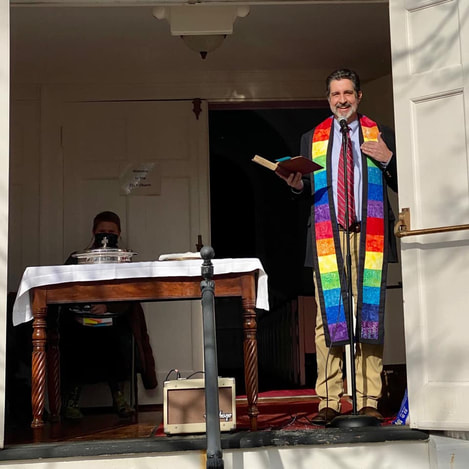 We found ways to keep tradition--like monthly communion--even when we could not worship indoors and in person. We found ways to keep tradition--like monthly communion--even when we could not worship indoors and in person. This sabbatical year is a good time to experiment with these things. In fact, we have already started. There are lay readers and guest preachers who change the sound and look of who we think a worship leader can be. We have experimented a little with different forms and rituals, too. Still..there is more to do. As you know, I am a big fan of inclusive language, for example. During my time away from leading worship I will be looking at some of the words we still use in this place. How can we broaden the Lord’s Prayer so that everyone can see themselves in God? How can we find and sing hymns that speak to our own experience? How can we pray our prayers, responsive or otherwise in a way that reflects our own broad theology? We must also ask how we include people whose busy lives do not fit the time or form of Sunday morning. We are not going to “win” a battle against youth sports and family ski trips. People are busy. They feel the pressures of the lives they–we–have fallen into and a change of lifestyle or schedule that frees up Sunday morning is too much to ask for a first step. Our job is not to close doors through our perceived judgment and disappointment–and that is how many see it–but instead to open doors that they can find their way to enter. Therefore, we will be thinking once again about Dinner Church, Sabbath Walks, and Pub Theology. We need to find a path for ourselves to understand that these are not “add-ons” we do as well as worship, but forms of worship themselves. Denise Levertov, in her poem Primary Wonder, writes about being burdened by the worries and cares of the world. However she ends saying, “And then once more the quiet mystery is present to me, the throng’s clamor recedes; the mystery that there is anything, anything at all, let alone cosmos, joy, memory, everything rather than void.” In this post-modern world we need to find ways to make steps into the temple that are easy to access for those who come after. If we do this, then they, too can feel the mystery that we have come to experience in our own lives. So let us take a moment in silence now to think about those steps Let us consider where they make us stumble and where they make us dance. So... promised some links. Here is this sermon in the form of a podcast.
This sermon worked of the previous one. Here is the podcast for "The Church is Dying...and Being Reborn" 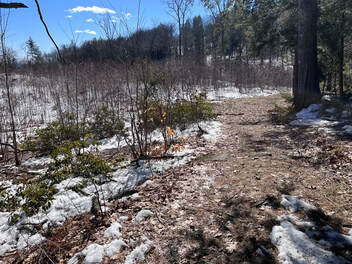 The hike over to Massaemett wasn't entirely covered in snow. There were areas where the sun had done its work! The hike over to Massaemett wasn't entirely covered in snow. There were areas where the sun had done its work! Hiked on February 14, 2023 This was a spontaneous hike. Thursday's weather looked hideous as usual and I wanted to see the sun! I decided, therefore, to hit Route 2 and head over to the High Ledges Audubon Wildlife Sanctuary on a Tuesday to catch the view. I had been saving it for a perfect day...and this was pretty close. The loop I chose was around 5 miles and featured an undulating landscape with a small mountain, a fire tower, a valley, and some hills. The snow was fairly compact to start and then it got loose as the air warmed it up. This made footing a bit of a challenge...and I brought out the micro spikes. I could use the workout though. There has been quite a bit going on. The church is wrestling with some big questions. Finally, I have a few weeks of sabbatical starting soon. I will give thought to the church's questions then and add in a few of my own.... 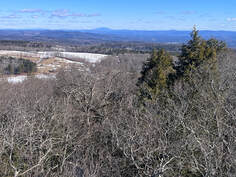 Another view from the fire tower. It looked a bit like a prison on the inside but to look out was fantastic... Another view from the fire tower. It looked a bit like a prison on the inside but to look out was fantastic... Lately I have been thinking about life-changing moments. Specifically those times when we make a decision to leap into the abyss and become a miniature or occasional "knight of faith" in the old formula of Kierkegaard. There are times when our lives change because of something that happened to us. However, when we are able to exercise of free will, our moments of decision change the trajectory of who we are, how we are perceived, and maybe who other people are around us. These decisions aren't always drastic. This is a good thing. People can wait their whole lives and miss the turning points if they believe that our choices only come in large sizes. Sometimes we hardly notice them at the time. Either way we make them, don't we? They are the beats of our lives. Looking back they are the decisions we mark to say that life was different afterward...in some way large or small. I remember deciding to become a minister at the foot of Doubletop Mountain in Maine when I was 19. It wasn't momentous at the time but there I was...and here I am. I just went for a walk in the evening and decided that--given my interests and my emerging skill set--the parish and I would be good for each other. My ministry outlived the campsite we stayed at. It seems to be a much bigger deal now. A short time later I met my future wife at a meeting of college activists. In an uncharacteristic fit of optimism, I thought I would like to get to know her better. Turns out I didn't make much of an impression on her at the time...but here we are three decades later. There are decisions that change our lives in smaller but still-lasting ways. I remember the first time I played the ukulele in the middle of a sermon. Everybody was surprised. These days--many music ministries later--it isn't a big deal anymore. The same can be said for Dungeons and Dragons Club and the "Snow Posse" (sidewalk shoveling) youth group events that grew into something for a few years then seemingly faded away. Those youth are grown up now and some keep in touch. I am always pathetically happy to see them when I can. Two of the gamers now help me teach their parents in "adult" D&D. Maybe it didn't fade after all. Each of these decisions and many others started small and even commonplace. What grew out of them was a life. I feel like there will be a few more decisions like that soon. Maybe I will make them. Maybe someone else will. Right now with the church it feels like many, many big decisions are coming down the line. However, it will be the small ones that lead to another and another that will determine our future. 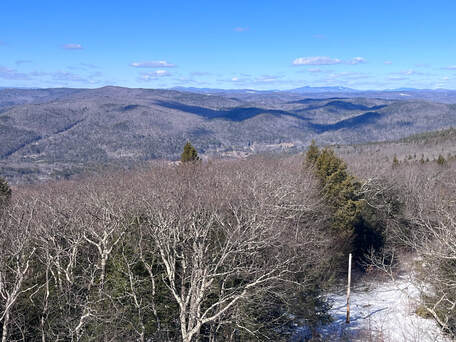 Looking down from the tower toward the trail which runs by the telephone pole. Looking down from the tower toward the trail which runs by the telephone pole. I say all this now because hikes like this are a series of small decisions. This week on a Tuesday I decided to get up and get going. I decided where to go. There were all kinds of micro decisions that helped me to focus on the day. How would I get there? Would I do both the out-and-back to the tower or just the ledges themselves? Was this a good use of my time? How would I deal with the vagaries of weather? Also, on this trip, I decided to do some more extensive filming. It has been a while. Many of you are aware of my interest in 21st century communication. This weblog is part of that. My podcasts are as well. For a long time I was into making youtube videos of sermons, church news, meditations, music and--during the plague--entire worship services. Sometimes this meant collaboration. At other times I worked on them by myself. I got into it through a series of small decisions that brought me joy. A series of small decisions may bring me back...or maybe they come to nothing. It is too early to tell. If we use the model of "Sabbath Walks" that I write and talk about here and elsewhere, all of these endeavors--these choices made and sometime pursued--fall into the category or "frame" of dialogue or creativity. On this hike, for example, the choice to film meant stopping and starting; recording sections of trail, talking to the camera while imagining future viewers, editing after getting home while re-living the excursion, and improvising a soundtrack. I had to make decisions about equipment. If I keep doing this there will be more decisions to make as some things may need replacing. There are many little steps. After all to even get to the point of recording there was research. There were skills that could use some improvement through repetition. That said, I am learning. While this decision may not lead to anything more, it just might...probably in surprising ways. After all, nobody thought the skills I learned from my "hobby" would help hold online worship together during the early months of Covid. Ultimately we found somebody more skilled. Of course, nobody thought that the skilled person we found would be a beloved former member of the D&D Club and the Snow Posse who had moved away. Decisions keep on rippling out, don't they? Anyway, I have included the video. I think it is pretty good for a first attempt! I also started a Sabbath Walks YouTube page that you can subscribe to to get notifications. Just click on the video above and hit "subscribe." I may decide make more of these moving pictures. We shall see. Both I and the church are looking for ways to communicate. Perhaps this is the way. Here is to your decisions and dialogues. I hope you have found something to bring the sabbath "walk" to life regardless of what it is or how you go about it. Many blessings on your travels until next time. I will see you out on the trail. Hiked on February 2, 2023 Somewhere along the way of this project, it appears that at least a few people got the impression that I am particularly rugged or outdoorsy. I am not of course. I am just a suburban dad transitioning to empty-nester with a bad back and sore knees. I prefer a room and a bed--preferably my own--to a tent or sleeping platform. It is just that I find the Transcendent in nature, and that helps get me through the week. I have been doing some workshops on Sabbath Walks. I have been pitching them as "mindful walking" workshops because the word "sabbath" appears to make some folk uncomfortable. Maybe it is because "sabbath" is a religion-word. I like it better, though, "mindful" is way too broad. Anyway, It is at these events--and the conversation around them--that I have noticed this disconnect. People will come up me to say it is all very interesting...but they cannot go on a big hike. Usually this is for physical reasons, which I totally get. The only issue is that I am not talking about hiking. I am talking about walking and even that has more to do with sitting. The process is all about perspective and intention. Are you paying attention to the world around you? Are you letting your experience influence your understanding through reflecting on your context? Then you are more than good. 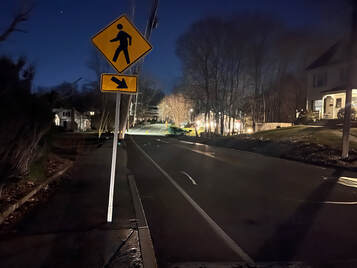 A glimpse of a night walk through my town. The whole place feels different in the dark. A glimpse of a night walk through my town. The whole place feels different in the dark. Actually I haven't gone on many big hikes lately. Work has gotten in the way. So has the weather. I do get out every week but all of my Sabbath Walks in 2023 have been in Massachusetts. It is a good thing that we have so many great opportunities to get out in nature here! Yes, it will be hard to cultivate "likes" in the same way when the views are less dramatic and the physical effort may also be. That said, I have enjoyed immersing myself in the land close to home. Some of the best hikes lately have been repeats. I trundled up Mount Watatic again and again. The Graces and the Crow Hill Ledges still stand out. One of the best walks I had was my usual four-mile round-trip stroll downtown...but at night. This made all the difference. What I really want to talk to you about though, is the Assabet River Wildlife Refuge. 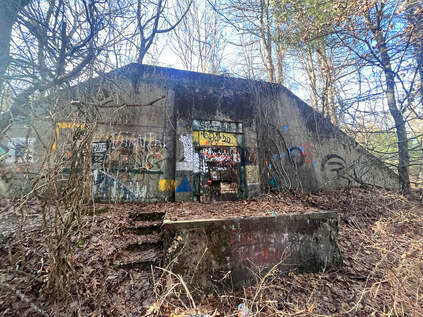 The bunkers off the main trail were covered in graffiti. Obviously they had been re-purposed as hangout spaces for people who wanted to get away. The bunkers off the main trail were covered in graffiti. Obviously they had been re-purposed as hangout spaces for people who wanted to get away. I have to say that I only recently really clued into its existence. I went over there because the weather in New Hampshire was turning dangerous and I also had the need to find something more accessible for a group Sabbath Walk in the spring. As I mentioned earlier, people think that these walks need to be challenging. They do not. I was--and am--searching for places where a person could walk a few feet to find a pretty place to sit. If they wished, they could move on for a more challenging workout...but they wouldn't have to. When you are in a group you need both "easyish" and "hardish" options, so everybody gets what they want or need. Now, on this hike I had expected to see wildlife...and I did. What was surprising, though, was the large amount of evidence of previous human habitation! Many of the trails were unusually wide and there were patches of old, cracked pavement in places. Also, right where I parked was the foundation of an old tavern dating back to 1700. However, the most remarkable thing was the proliferation of immense concrete bunkers tucked away in the forest. Each had a massive metal door that was barred and locked like some dystopian Hobbit hole. Since my trip I heard from friends who had been in one. The description seems to fit as they appear bigger on the inside. The one they visited was vast, cold, and oppressive. 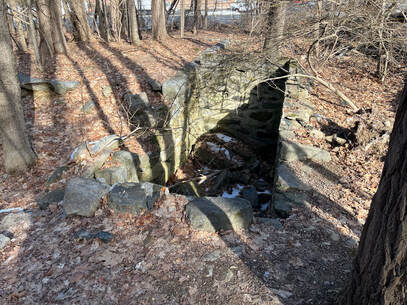 The foundation of the Rice Tavern. Erected in 1700, turned into a house later, and torn down in 1945. The foundation of the Rice Tavern. Erected in 1700, turned into a house later, and torn down in 1945. Now, I later learned that there were 50 of these bunkers in the park. Therein lies a story. First, of course, this land was wilderness. Then it was occupied by native Americans. Then, as Europeans came to this continent, it was a neighborhood for a long time. That is where the old tavern came in. Later Henry David Thoreau would pass through to visit friends. In fact, it stayed a agricultural community until 1942. Then, as the Second World War heated up, the land was seized by eminent domain. The people were moved. There were about 100 of them and they claim their compensation was 10 cents on the dollar. Their houses and the tavern were destroyed. In their place were those big bunkers, to store ammunition for Fort Devens. After a while this annex was sealed off and abandoned. Finally, in 2005, it was opened to the public. When I told this story in church and asked if anyone had been there only my eldest son raised his hand. His high school cross-country team ran there. Otherwise it is a new park to pretty much everyone I know. 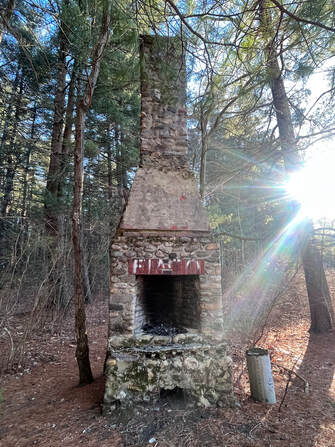 I found this near a fishing pier. I found this near a fishing pier. As you walk along its trails today there is all this evidence of the past. There are so many layers of humanity. Some of those layers tell peaceful stories of life lived in the usual ways. Others tell stories of fear, displacement, and violence. Now, the story of this refuge can be read as a parable. With any good parable we have choices to make about how we approach it and where we see ourselves in it. We can imagine ourselves in the position of The Native Americans, or the early colonists, or the neighborhood right before the war...all of them swept away. Perhaps instead we could see with the eyes of those massive bunkers stubbornly demanding our place in the midst of the wilderness. They are solid, powerful, obnoxious even…but largely irrelevant to the world moving around them. Or…we could see ourselves in the refuge, itself; adapting to our current context to serve current needs and connecting to the ecosystem that sustains us. Whatever we choose--and at times we have probably felt ourselves in all these categories with more besides--this walk reminds us of the fullness of time and the power of creation to alter our understanding of what "truth" is. It is a thoughtful place for a walk, or a sit, or a stand. I spent a couple of hours there. Then I went to a bar and wrote the beginnings of a sermon--here is the podcast version--with this story as its inspiration. That is what is supposed to happen on a sabbath walk. There should be a physical and mental challenge, then a new insight gained and a dialogue created. We make sense of our reality through reflection, after all. \My step counter says I walked 8.5 miles and there was much more to explore. I will definitely be back there soon. 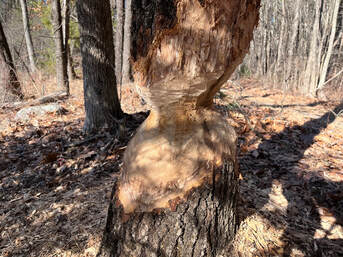 Thoreau actually wrote a poem about travelling though this area. The Old Marlborough Road exists as a road outside the preserve, but inside it continues as a perimeter road to the park. I hiked it. It was mostly quiet, with a few strollers and fat bikers. Anyway...here is the poem. It isn't necessarily one of his best, but it helps to give life to the people who used to live there. Also the page describes the area a bit. In my sermon I said the refuge is in Sudbury and Wayland. Of course it is actually in Sudbury and Maynard. After twenty years living here my geographical references are still those of a Mainer. By way of reparation, the link is to a Maynard historical site. Update: I finally got around to making a video of my most recent hike here. So if you are interested...here it is! Hiked On January 12, 2023 One of my mentors in ministry told us that on his sabbath days he would put his canoe on top of his truck and drive it through the middle of town. Sometimes he would take his canoe fishing, which is what everyone assumed he was doing. Sometimes he would just paddle around and go home. Sometimes, though, he would drive his canoe to Bangor for a bagel and a coffee with friends...and maybe a trip to the seminary library. He told this story to convey four things. First, that the people of Maine are all pantheists at heart. As a Mainer born and raised I can confirm that this is true. Second, that people may not always respect your "off" time but will do their darndest to respect your sabbath time. Third--and this is where the canoe comes in--in a town of pantheists, a canoe on your truck means you are fishing...and fishing is sacred. Finally, the lesson was that you are best off leaving the parish come sabbath-time. That way folks will not be able to get in touch with you as easily. Also--more importantly--you will be away from the things that draw you back to your labors. 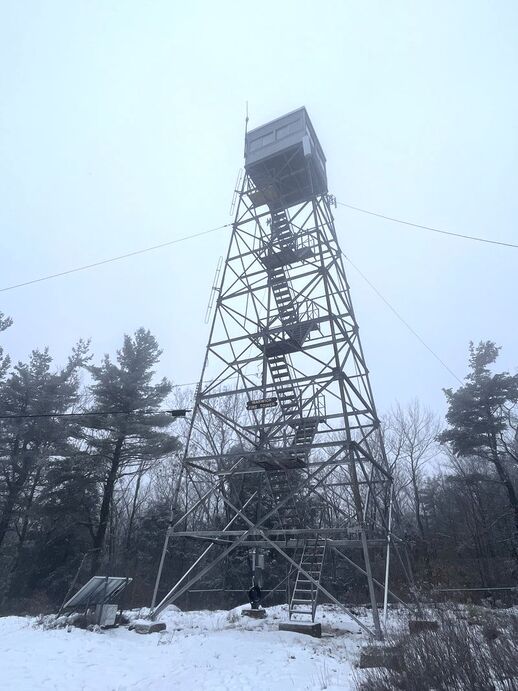 The peak of Mt. Grace The peak of Mt. Grace I thought about that yesterday as I tried my best to tie up loose ends in the morning and hustle out the door for my weekly sabbath hike. "Weekly" is a New Year's goal. Unfortunately, though, I was already on "Plan D" as plans A through C were left in tatters. Mostly the problem was weather up north, but the skies in the Bay State weren't looking so bright either. Little flakes of snow on my windshield indicated that perhaps the northern storm was going to make an appearance after all. Also, my hiking buddy, Andy, couldn't get out of a meeting. So I was left figuring out how far I wanted to travel to hike in the snow by myself. The solution was to leave New Hampshire and Maine well alone and to stay in my adopted commonwealth. A slick and wooly drive down Route 2 brought me to the somewhat obscure Mount Grace State Park and a snow-laden hike up its eponymous mountain, then over to Little Grace, and finally back to the lot. Mount Grace isn't a bad name, but it is a bit unusual. The legend says its name comes from King Philip's War when the daughter of Mary Rowlandson died after being captured by members of the Narragansett tribe. Theoretically the mountain is named after this daughter. It is a romantic notion and ties into one of the major historical moments in and around the Pioneer Valley where the mountain resides. However, there is one glaring problem. Mary's daughter was named Sarah...not Grace. So the name of the mountain remains a mystery. That said, it is a powerful idea to ascribe to this mid-sized monadnock. Somebody in some way found grace here. Maybe we still can. 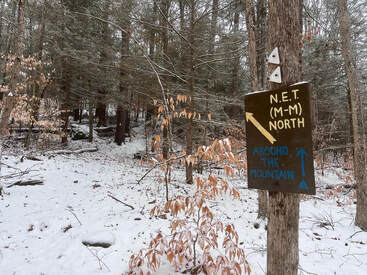 A sign for the New England Trail, a relatively short multi-day hike that I would like to do some day. A sign for the New England Trail, a relatively short multi-day hike that I would like to do some day. If you want to be alone in Massachusetts, drive west and go hiking in a snowstorm. There will be no people to bother you. The trail started out relatively flat but that changed quickly. It was quite a bit more elevation than what I experienced the week before. That, of course, was what I was looking for. It was the only part of Plan A that remained. Then the trail went on up along some power lines to the rather impressive fire tower. It was snowing heavily at this point so no view was to be had. Alas! Pictures indicate it is quite nice. I will need to come back some time. I did get startled a bit. When I turned around to descend the tower my long-suffering water bottle came loose and fell about 40 feet. It hit every available truss on the way down making a dramatic noise as it did so. After finding the water bottle that had submerged itself in the snow, I turned south along a row of power lines that marked the shoulder of Grace and continued on to the smaller peak. Little Grace also theoretically offers views. Every once in a while the snow would blow and eddy away. Then I could peer down into the valley where a number of farms were perched looking for all the world like landscape illustrations in the Saturday Evening Post. One thing worth noting is that--while this is indeed part of my "easyish" hiking list--there were a couple elements that made it challenging. First, there was that snow, which made both visibility and footing rather sketchy. This can be remedied by choosing a better day! However the next thing cannot be fixed so easily. The trails are arranged so that if you decide to climb both peaks and loop back to the parking lot, you will be climbing up pretty close to the end. On a traditional morning climb you go up and then down. This trail rolls up and down quite a bit, which might not be everybody's cup of tea. In the end--according to my imperfect calculations and because of some diversions I took--my total elevation for the day was around 1,500 feet. The feet came in installments across the miles instead of all in one massive climb, but that is more than a number of mountains on the 52 With a View list, including the "starter" peaks of Willard and Pemigewassett which I, at least, found easier than this. You can make it...but I confess to swearing a bit when I hit the last climb of consequence. The loop took me down the side of Little Grace and back around to the parking lot. It was a journey of small views, evocative precipitation, and unsure footing. However, I am glad I got out. Once again, for the second week in a row, I had the place to myself. I do not doubt that the pantheist in me appreciates this. I feel like I am keeping the spirits company on a cold, wet, lonely day. They certainly appear to be keeping mine. The word "grace" has a number of meanings. In common usage we usually think of dancers or athletes, or people who are particularly well-spoken or well dressed. Perhaps those cues are why we tend to think of wealthy people as graceful even when we do not have much evidence to go on. Also, being gracious is what you try to do when someone else is being a boorish. These are all social, societal qualities. However, in the church where I spend my time, grace indicates the unmerited favor of the Divine. For Universalists--and I serve a congregation that is, among other things, Universalist--this grace is extended to everyone.
The old-man funny, curmudgeonly, front-door thing to say now would be that grace was hard to feel on a day with heavy snow and no views. I certainly didn't feel graceful...but I won't go there theologically. There was plenty of grace to be found on these two mountains. In the dynamic display of nature going about its business all I saw was grace. Sure, I saw and felt a whole lot of nature, too. Yet the fact that both were present is not coincidental. I do not love winter hiking, but I love this grace that is sometimes hard to immediately locate in people and in the institutions people make. Yeah we all have it, or have access to it anyway. It is "freely given" and I don't mean in some reductive Christian sense. Grace is just present all the time for all of us. Mostly we don't experience this presence. It takes time and the cultivation of relationships to see and feel it around us. It takes the growing of love between each other and within ourselves. This wild morning reminds me of the blessing of grace. Maybe it will help provide the charge forward for another week. I suspect that on those trips to Bangor my old mentor also snuck some work in on his sabbath day. I get that too. After my hike I spent the afternoon wearing out my welcome in a number of warm dry places where I could write. The draft of this post was one thing. Another was the draft of my sermon for Martin Luther King weekend. The morning reminded me that finding grace in ourselves and each other is more than an attempt at personal wellness. It is instead an important attitude on the path toward justice. Grace leads to love and love to trust then on to community...or at least that is the direction the sermon went. May we all find ways to be this kind of graceful; not pretty and charming but bold and challenging as we expand and strengthen the web of connection--the world community--that surrounds us. 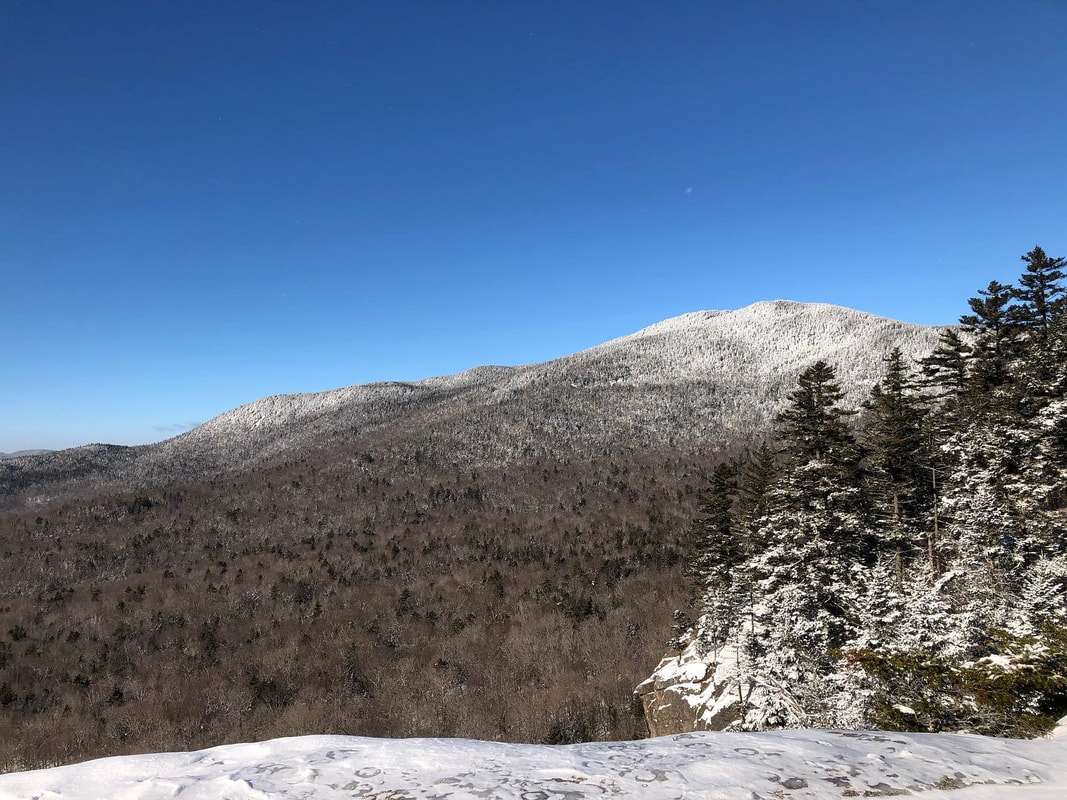 The view off Pemigewasset The view off Pemigewasset The late days of Christmas, right? I hope you are all making it work. The Advent season--frequently referred to colloquially as "Christmastime"-- is peak work for people in my trade. Now it is over. In fact, now it is actual Christmastime and things are slowing down. Theologically in terms of December, Advent is the regular season. The twelve days of Christmas are the playoffs. However, thanks to the cultural tendency toward immediate gratification, the secular world comes screaming out of the gate on December first. The playoffs in this tortured metaphor are more peaceful. I am enjoying that. We visited family and right now we are waiting for a few friends to come over. That is about what we are up for. It is enough. In my last post I wrote about how important it is to keep busy this time of year. The dark of winter can turn into a personal darkness pretty darn quick. To stave that off I am planning my spring garden and making year end lists. You have one about my most-used hiking books of the year. Here is my next one. First, let me pull back the curtain on Sabbath Walks a bit. When I am planning hikes I like to take the usual things into account--time, weather, challenge, views and so on--but I also try to consider what the experience of that particular part of the natural world might be trying to say. What can I learn? What kind of questions am I asking? I try to engage with nature mindfully, though it doesn’t always work. Part of that preparation is religious and ritual-based. However, part of it is through study. This list is a product of the study part. I read a lot of books. These are the ones that have spoken to me the most this year...at least on the theme of nature. The first thing I noticed when putting the list together is...it is not a terribly diverse list! I could have curated it a bit and slipped something in, but I am trying to be honest. All I can say is that I see it. I have a number of books in the pipeline for this year that are more varied. These ones are a product of my background and education. I went back to what I know, apparently, which is fine to start but...one can't stay there... Thoreau and Thaxter are old theological and literary companions. I have read and re-read them for years. Burroughs is a new find but from the same era and with similar concerns and interests. Thomas Starr King is a figure from my church and denominational history, but here he is speaking to me as a clergy person who hikes. The one modern is the Scottish poet Hamish MacDonald. Even, he, though, is reaching back to the 19th Century and the work of naturalist Alexander Wilson. Apparently the era speaks to me. Perhaps in the new year I will learn to listen to other voices...or at least that is the plan. Anyway, here they are. They are sort of listed in order but...not really. They are all pretty good. 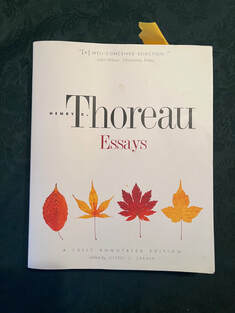 Essays by Henry David Thoreau, Jeffery Cramer ed. Thoreau, of course, is best known for "Walden" and "Civil Disobedience." My favorite of his, however, is "Walking". In this and other works--divorced from the wishful projections of back-to-basics folks whom I also admire--Thoreau reveals himself to be both modern and a keen observer of the natural world. In addition to the above essays, I found "Winter Walking" and "A Walk to Wachusett" to be particularly moving. I like all of them, however. I used this particular collection to teach Transcendentalism to high school aged "unschoolers". Unschooling is a form of self-directed learning that is frequently lumped in with "homeschooling" for legal reasons. The thing to remember is that the scholars have tremendous control of their time. That they read these essays is quite an endorsement! They also found it to be relatively accessible. A big part of it's popularity comes from Cramer's annotations. If you want the full context of the writing, I would encourage you to get this edition and take copious margin notes.  Shiny picture but you get the idea. Shiny picture but you get the idea. An Island Garden by Celia Thaxter Thaxter is an oft-overlooked second generation transcendentalist. An accomplished writer/poet/innkeeper/salonist/gardener, she influenced a large number of artists and thinkers who would visit her inn on Appledore Island, one of the Isles of Shoals in New Hampshire and Maine. That is a pretty rough piece of real estate! Her garden essays are riveting reading if you are interested in how to get the most of your agricultural endeavors in a hostile environment. Her own philosophical inclinations pervade her writing in an engaging way. Her practice of close observation served her well on the tiny islands that help define her work. I have found her essential to understanding how to be mindful when your landscape is circumscribed. 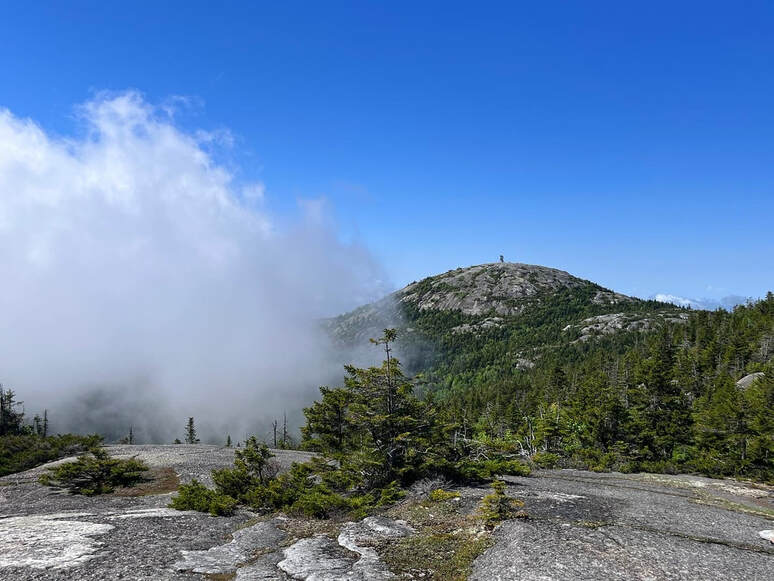 A view of Cardigan from Firescrew, both of which are prettier than a peek at my ipad. A view of Cardigan from Firescrew, both of which are prettier than a peek at my ipad. The White Hills: Their Legends, Landscape, and Poetry by Thomas Starr King I got this for free on googleplay so there isn't a picture of the cover. Free is nice, though, right? Starr King was a Universalist minister who served both Universalist and Unitarian churches. He is more famous for being a Californian, but his life started in the east. At some point he wrote an early book about hiking the White Mountains. Now a 52 WAV mountain is named after him. He has been a good companion in my explorations in that neck of the woods. I do not think he is quite as engaging as Thaxter but he, too, observes the small changes. His gift is universalizing some of his observations. I found his description of the perpetual change of light and color in the mountains to be particularly engaging. It is a topic I examine more in my post about Mount Hedgehog. 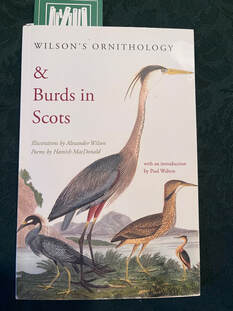 Wilson's Ornithology & Burds in Scots by Hamish MacDonald (Illustrations by Alexander Wilson) I picked up this small volume of poetry in Fort William, Scotland. I was looking for something light to carry daily during our hike of the Great Glen Way. MacDonald's work is set in dialogue with that of Alexander Wilson, a Scottish ornithologist, poet, illustrator and naturalist who is sometimes described as the "Father of American Ornithology". The illustrations in this book are by Wilson. MacDonald's poems are–as the title implies–in Scots so they take a little work, but they fit the bill during the hike and I have found myself going back to them since. 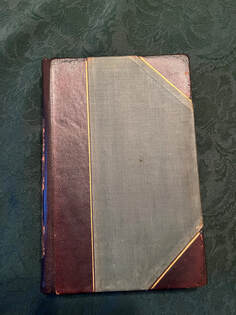 Leaf and Tendril by John Burroughs What is this? Another 19th Century naturalist? Well...yeah. Somehow I got this book. I am not sure how. It is the 13th volume of Burrough's collected works. Burroughs is frequently overlooked. Apparently he sounds like Emerson. Not sure why that is a problem. Anyway, Burroughs is another observer of nature. He wrote most of the essays in this particular collection while sitting in a writing-cabin in the middle of his vineyard. The first essay "The Art of Seeing Things” was particularly helpful as I tried to move from concentrating on achieving the destination--usually the end of some painfully uphill slog--to focussing on the journey and the character of the plants and animals around me. It was winter solstice Wednesday. Solstice is a holiday that flies under the radar in these parts, but not necessarily everywhere. In a way we all celebrate it. It is at the root of all the December holidays. When it does pass unnoticed, it may simply be because it is the rare holiday built on scientific fact. Thanks to the special relationship between the earth and the sun we have a "shortest day". No god in his chariot made this happen. The forces of ecology and personal biology make this a particularly difficult time for may of us. That is the real reason for the parties, the festivals, the light in the dark. Since the birth of the solar system--roughly--there has been the fact of winter. It is a fact that we sometimes grapple with. Often it is a fact that changes and molds us. It deserves a moment of our time, doesn't it? These layers of legend decorating winter solstice, as beautiful as they are, can otherwise obscure a primal element of human existence. The dark comes. So, too, does the cold, the ice, and the famine. Therefore, it is good to find a way to mark the moment when the darkness recedes, even though the winter is just beginning. Doing so helps us to understand our place as part of nature. It also reminds us that the sun--and spring and better days--will also return in their time. For me, this year's observance of solstice came down to two walks. The first of these was on the solstice day, itself. Every year the church hosts some sort of walk to mark the occasion. It is a ritual, but it rests lightly on us. At our most hardcore--a few years ago--we would take a midnight stroll through the outdoor labyrinth at nearby Wellesley College. That was a hearty little group! Since the plague, however, we have erred on the side of--relative--accessibility. Even these days we feel the struggle to gather sometimes. Being outdoors is uncomfortable, but at least we know we can be together. With this in mind, we now hike up Pegan Hill right here in the neighborhood. Instead of midnight we chase the sunset around 4:30. Then we sing carols until it is too dark to see the lyric sheets even with our "vigil candles". Finally we hike down, grab refreshments at a nearby congregants' house, and move on to our own dinners. My job this year was to organize the thing and play the ukulele. The tension is always between formality or informality and we haven't quite figured it out. Is this an earth-centered worship service or a fun carol walk with friends? It is somewhere in the middle, which can make it tricky to plan. It has been a while since I have been up on Pegan Hill in the light of day. It is pretty then, but for me--thanks to these nocturnal gigs--it is usually perpetual twilight. On a clear day or evening one can see the Pack Monadnocks in New Hampshire. This is one of the benefits of Eastern Massachusetts's flatness. Any rise is prominent. At 410 feet, Pegan is the tallest rise in town. The name comes from a faction of the Natick Praying Indians who farmed it. Though the Praying Indians are still around and sometimes worship at our church--built on the spot of their original congregation--we do not know what happened specifically to the Pegan group. I thought of them Wednesday as I do whenever I am up there. There is so much we miss in history and relationships that we can only speculate at now. The human history that this hill represents is complicated. It is important to recognize humanity at its worst so maybe, as the earth turns again, we can do a better job. 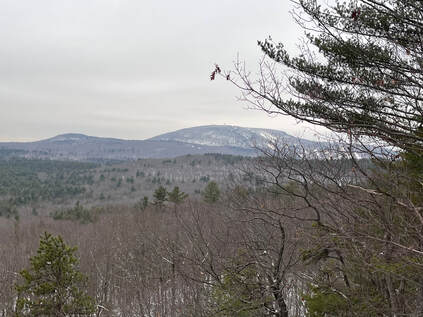 Wachusett from the ledge... Wachusett from the ledge... The second hike was the next day. It ended up being a small, solo celebration of the promise of more light. After my work was mostly done I drove an hour to the Leominster State Forest and climbed up to the Crow Hill Ledges that look out toward Mount Wachusett. There was snow for this one. It felt like winter, which of course was the point...and also a bit of an obstacle. Micro spikes were necessary and some of the rock faces were quite slick. Still, I took my time even though I knew the dark wasn't far away. Of course the extra light on Thursday as compared to Wednesday was not much. It won't be for some time. That said, it was still a hint and a promise. Snow and ice get pretty old pretty fast for me. In a couple of weeks my animal brain will be living for spring. There is nothing I can do about this; just push forward and find joy where I can. I lingered for a while under the massive cliffs, which were more impressive than the view. Then I put my headlamp on and got back to the car in time to grab some food and go play TTRPG's with friends. Then I drove home from Worcester in the rain. 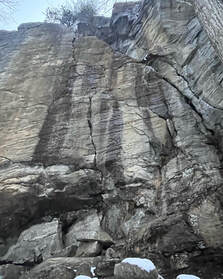 These cliffs were massive. These cliffs were massive. If you want to replicate these hikes, neither is terribly strenuous. Pegan Hill is probably about a mile round trip and--if you don't go exploring down random trails like I did--Crow Hill Ledges is about the same. The footing on Pegan is solid for a suburban hike. There was some sketchy scrambling on the ledges, though. It would be worth considering before heading out. Leominster State Forest--where the ledges are--seems worth exploring. So you can expect more posts from there in the future! I hope you are all having a blessed holiday and you are getting what you want and need from this time. As I write this the power is out and my tasks are becoming unmoored! Oh well, nature has its say apparently. There are things that just won't get done. HIKED ON NOVEMBER 14, 2022 Yesterday was "Thanksgiving Sunday" which is the Sunday before Thanksgiving. It was lovely and peaceful and--at least for me--quite moving. Today, however, I am on screech. Thursday is actual Thanksgiving, then Sunday is the beginning of Advent. There is so much to do. All I see is a long string of tasks stretched out until December 26. This is not unusual for any of us, particularly for clergy, so I am putting my head down and getting on with it... That said, I did hike Mount Jackson and Mount Webster a week ago in a freak snow situation. The weather--which was unseasonably warm--had turned on a dime. Al got sick. I had a reservation in New Hampshire. All this added up to a very beautiful, very cold, very slippery hike! 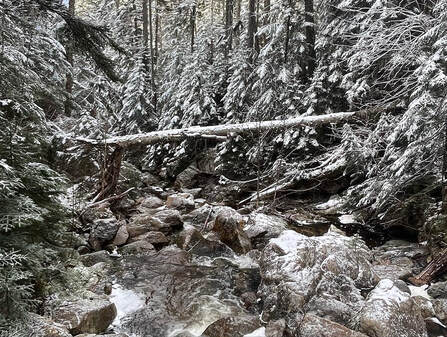 One of the many stream crossings that probably wouldn't be that difficult...except for the ice. One of the many stream crossings that probably wouldn't be that difficult...except for the ice. There are plenty of things that I would do differently. I would have perhaps not gone. I would have done better research (I was planning on a different I hike with Al). However, I did go. I do not love snow but I have done quite a few winter hikes at this point. I knew it would be gorgeous at the top and that the trails themselves would have a lot to offer. The only thing that gave me any pause was that I was by myself. With that in mind, I double checked my pack, put on my microspikes, and went on up. It turned out that--while I passed two people heading down Webster--I was the only one hitting Jackson on this particular day. It is a popular mountain. It is rare to have it to oneself. The sound of the high wind in the trees and the rush of water under (and over) the ice created the background music to my solo climb as I negotiated some deadfalls and, of course, the icy stream crossings. I was careful and took lots of breaks, too. Finally, I reached the tree line. What followed was a brief period of complete chaos! I was pushed around by the wind. I later learned that the wind chill put the temperature at -2 degrees Fahrenheit. My hat almost blew off. I got turned around and--most exciting--I fell and slid on the ice while trying to avoid the worst spot. It was dangerous but--thanks to the speed of falling and the need to figure out what to do so as not to freeze to death--I kept moving. In fairly short order I found my way to the peak and then started down toward Webster. Those few moments of free-fall, though, became my reflection for Sunday. Every once in a while I have the experience of a sermon or prayer coming to me in its whole form. This was one of those times. Collecting myself before trying to stand, the first few ideas came to my head. We humans are always grateful for the peace--in this case an extremely dramatic and windy peace--after a fall. Time stopped while I sat there on the edge of the earth. All I experienced was the smallness of me and the vastness of what was around me. Nature doesn't really care about you. Sometimes that is properly frightening. Sometimes it is liberating. 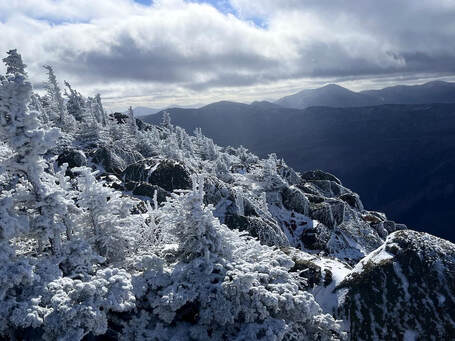 The ledges on Webster The ledges on Webster There are a lot of different ways to fall. Each time we are saved we crave welcome and assurance. We are grateful for how we made it through the crisis or the climb. We give thanks and praise the acts of kindness and love--from ourselves and others--that we experienced in the darkness. After taking that moment where I fell, the rest of the hike unfolded before me. What a blessing to be alive on this dynamic planet! I slowly brushed myself off and continued on to Mount Webster. In a way there isn't much to say, except that the ridge between peaks was spectacular. So, too, was the view--from a much more secure perch--off Mount Webster. On the way down I passed a few more people sensibly just doing the smaller mountain. None of them were by themselves. I also witnessed a beautiful waterfall on the way down. Snow really does its job on the landscape, making it feel other-worldly. This is our world, though. That is another thing to be grateful for. Winter hiking, itself, is beautiful. Solo hiking is special and dramatic. However, I will keep my solo winter hikes to the 52 With a View list and look for companions on the big mountains going forward. 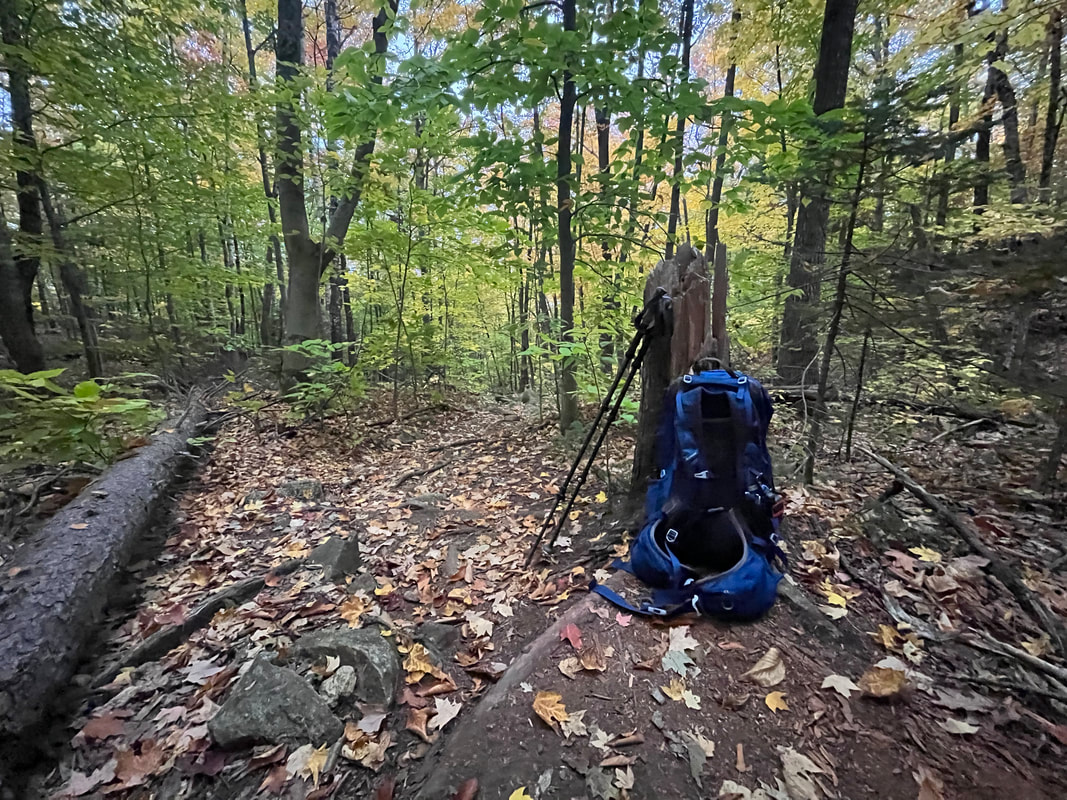 I cannot think of interesting things to say about my Mount Israel hike so I am using some pics from that trip on this post. It was nice...just very wet. I cannot think of interesting things to say about my Mount Israel hike so I am using some pics from that trip on this post. It was nice...just very wet. Well...it happened. I am back at work after 5 weeks of a sabbatical filled with hiking, writing, and reading. I have to say that I enjoyed it. I also learned a great deal about interacting with the natural world which, of course, was the point. I find it is good to have goals even in an ostensibly less-structured time. I like being able to look back and see what I did. Among other things, I hiked 35 of New Hampshire's 48 4,000 footers and 18 of New Hampshire's "52 With a View" mountains. I have written about many of them here. Not bad. This is my third sabbatical. After every sabbatical at least one person will use the term "rested and refreshed" to describe my state upon returning. I don't get the "rested" part. I never really rested. I worked--and played--pretty hard actually and now I am tired around the edges. However, in one sense--perhaps that of restarting a computer, for example--I could be refreshed. Sabbatical is a reboot. It involves getting rid of old programming and updating systems. I am not done yet. There is more sabbatical to come. Still, I am in the reboot process and that is...interesting. I had a number of goals for myself at this point in that process. One of them was simply an act of definition. I wanted to answer the question of what a "Sabbath Walk" actually is. I named this weblog after the concept, which did not originate with me. What sort of "walk" helps us to connect to the Great Whatever? How do we find ways to act in the world that will expand our horizons? In an earlier post I talked about what the implications might be for the institutional church. Here, I want to lift up some aspects of what I learned. Now for this project my sabbath walks have been actual walks. That is what works for me. Of course they could really comprise any number of activities. Some people's sabbath walk is more of a sit or a read. There are people who explore through music or math or science. I kept it simple by making this metaphor for life somewhat literal. There are, of course, other ways to connection. Here I am talking about hiking, but there may be something in it for you even if that is not your bag. I learned pretty quickly that not every hike fit into the category of sabbath. Some of them were too challenging. Some were too easy. There were distractions along the way. Like Goldilocks I found that there was an element of "just rightness" that I needed to get into a prayerful or meditative mood. I have hinted at this realization in a number of other posts. Just as in formal worship--where through the elements of the ritual we attempt to elevate our minds and hearts--there are conditions that help or hinder the spiritual exercise of walking in the woods. Of course there are infinite variations to these conditions. However, for the sake of simplicity I have begun to use four broad categories that need to be present in relatively equal measure for a true sabbath walk. If they are not there the adventure can still be worthwhile, of course. It is just that the conditions make the spiritual connection--the meditative aspect--harder to find. There was much to say about ,my climb up Mount Washington and Mount Monroe, for example, but either my own state or the state of the hike itself (or both) made meaningful reflection difficult Anyway, here they are. All four of these aspects are recognizable to most hikers as being par for the course. Which is to say that they are part of any climb or walk. When we are mindful of them, we have a better time. In fact, these are often the specific reasons we went for a walk in the first place! 1) Physical Challenge and Discipline: It is hard to miss this one. I mark my own discipline of sabbath walking from right after my back surgery. There was rehab involved. I had to get out and get moving! Hiking was more interesting than going to the gym, where I injured myself in the first place. It was also something I was familiar with from a lifetime of getting outdoors. Most people--hikers and non-hikers alike--recognize that there is a physical challenge involved when we intentionally take a long walk. Even strolling around the neighborhood indicates that we are somehow pushing ourselves. The challenge is part of why we do it. We are "getting in shape" but we are also getting to know our bodies, their likes and dislikes. Knowing ourselves and the vessel that carries us is essential to a well-grounded life. Now, this can often be the primary motivation for some hikers. It is a legitimate door into a sabbath discipline. Getting stronger and feeling better physically is important in and of itself. So too is the pride and joy of achieving a difficult goal. When I climbed Mount Adams and Mount Madison a couple weeks ago, I was chuffed to have done so. The trip was very much about dealing with the 5,000-plus feet of total elevation gain and staying hydrated. We were coping with the discomfort and the risk around wet trails and the slippery rocks. My brother waited at the end for us and became worried something bad had happened! We were just slow. We all high-fived each other in the parking lot at the end. That said, the physical challenges out-weighed some of the other aspects so it was hard for me to make it a "sabbath." What I can say, though, is that one's physical presence brought about by addressing a physical challenge with intention and discipline is essential to the walk. It's just that too much physical challenge makes it hard to concentrate on other things. We must push ourselves and engage our bodies. Yet it can be--and should be--at the level of the walker. That is part of our practice of self-awareness, after all. It also needs to balance with a few other things. 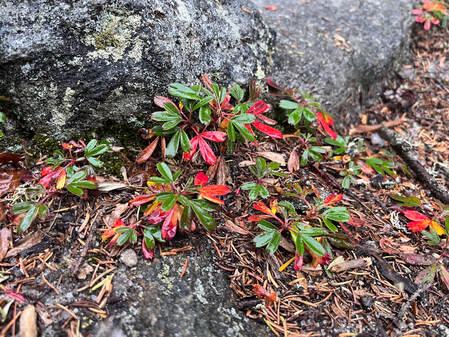 Fave little plant on Israel. Fave little plant on Israel. 2) Mental Challenge and Discipline: Now, it may be easy to conflate this with the physical challenge. Many athletes, for example, talk about getting the right mindset for their respective competitions. I am a big basketball fan and--if this were a different kind of blog--I would tell you about the many times in the NBA and WNBA where a less-talented team beat a more talented one because their heads were in the right place. We see this in a good walk, as well. Lets say we are climbing a physically challenging mountain and we need to find the courage and fortitude to keep going. In that moment we must push through the pain or despair to the other side. It matters that we do this. However, it also matters how we do this. For some it is a case of baring down, finding hidden reserves of power, and soldiering through. Others--and I would put myself in this category--do better through a discipline of openness. When I hike I try to cast my eyes and my heart outward into the landscape and toward other hikers, using the power of the world around me to drive me forward. It wasn't always this way. I remember hiking Mount Moosilauke early on in this project. In retrospect I probably shouldn't have. I was still in pretty bad shape both physically and mentally. I used the "dig deep, push through" method and it got me to the top of the mountain. About halfway down, however, those reserves ran out. I "crashed" emotionally and had trouble getting myself back to the car while in full hot mess mode. This was the state of things on many hikes for a while. However, I started turning the corner while climbing the Tripyramids and by the time I hit the Osceolas--where I actually took a major fall--I at least had the sense of what I needed to do going forward. All that stuff in my posts about noticing the colors, the views, the little plants, and the people began as part of that exercise of openness. It was a very practical adaptation to help me survive. The world/creation/the universe etc has more energy than we have on our own. It is good to find ways to use it. 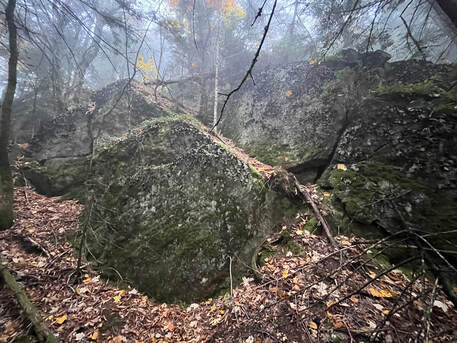 Sometimes it is hard to be receptive to rocks. Sometimes it is hard to be receptive to rocks. 3) Receptivity to the Moment: This one logically follows from the previous ones, doesn't it? It is in some way about aesthetics. Most folks who go for walks have a view in mind. That is why we climb mountains or circle lakes. It is why we try for the most "natural" places in our lives. We are trying to be called up and out from the concerns that tie us down and reduce our humanity. An experience that points to the vastness around us helps with that. Human constructs often demand more from us than we are able to healthily give. There are societal and economic demands on us. In order to maintain our selfhood in this environment, we naturally pull ourselves inward. We stay in our lane as much as possible. We also travel as fast as that lane allows. Maybe we manage to live in the moment while we are drinking our first cup of coffee in the morning. After that, though, for most of us life is a series of next moments. There are things we are expected to--or want to--achieve so we going about doing those things. This is what draws us to our sanctuaries. We are not products of our constructed world. We are products of the world before we built those things. You might want to go back and read the two previous sentences again. The solid foundation of a house of worship, or the quiet of an art museum, or the chaos of a concert, or the primal energy of the trail, are all sanctuaries for our souls where we can be present in the space we are occupying at that very moment. Our challenge is to find those places where we are receptive. There are many, many directions in which to go to seek them. If you have read my posts here then you know that I have developed a practice of receptiveness while hiking. Particularly when I am alone, I make a point of sitting, feeling the rock beneath me, listening to the wind and the animals in the bushes. If there is a view I try to enjoy that, too. It isn't entirely necessary though. This practice has helped to save many a hike that I would otherwise deem a bust. Most recently it helped me through a soggy hike up Mount Israel. The sabbath walk needs time to make connections to the right now, and sometimes it isn't that easy. 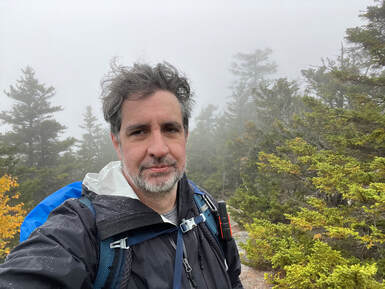 Trying to find the connection in the rain... Trying to find the connection in the rain... 4) Contributing Creativity Worship is a dialogue. Yes, in many formal settings it may not feel that way. Folks who get their information about worship life third-hand may not be aware that in pretty much every tradition there are ways that everyone participates and adds to the moment. In my church there are hymns and responsive readings. There are announcements that are sometimes longer than the sermon. There is coffee and conversation afterward that frequently lasts longer than worship, itself. A sabbath walk requires these elements as well. Our conversation--broadly conceived--creates a new thing and adds to the whole of creation. Creativity can be intimidating. People think of painting, writing, and preaching, for example. However, it doesn't have to be that way. Do you sing along to the radio in the car? That is part of a dialogue. You are changing the original document--the song--and making it your own at least for that place and time. I sing hymns on the trail these days, particularly when things are getting rough. I picked this practice back up from my distant past on a solo hike up Tecumseh and have continued to do so when the spirit moves. I also take pictures and, yes, I write. That is extra, though. As this project has gone on I have found it harder to post something new for each walk but I still form sentences in my heart as I go along, even though you may never read them. I also usually manage an Instagram post. Pictures don't feel as repetitive to me. A sabbath walk doesn't just involve being in the moment and witnessing what is before us. It involves making that moment more meaningful and beautiful. This doesn't always happen. There is so much going on as we walk that we may be too distracted. There may be too much going on before and after our walk. We may not be in the right space to make something new. However sabbath is about practice and we do get better at being creative over time. We get better at talking back to--and building--creation. We need to forgive ourselves when things don't go right. There will always be another sabbath-day. So--once again--not all walks are reflective. That is fine and good. Sometimes we need to get something else out of an experience. That said, I do believe that there is a place for worshipful walking when we can. These four aspects in some sort of balance are--for me at least--what makes the difference between a good hike and a sabbath walk. If you are curious which ones made it for me, I have an "Actual Sabbath Walks" section which will give you a sense of what I am talking about. They can be a challenging as Mount Katahdin or as easy as Mount Norwottuck. On my list, for whatever reason, things aligned in such a way as to create an attitude of worship and of connection to something greater than myself.
I hope your walks--or your "walks"--are also satisfying. If you feel like sharing, please do! Communities--congregations in whatever form--make everything more meaningful. |
Adam Tierney-EliotI am a full-time pastor in a small, progressive church in Massachusetts. This blog is about the non-church things I do to find spiritual sustenance. Archives
June 2024
Categories
All
|
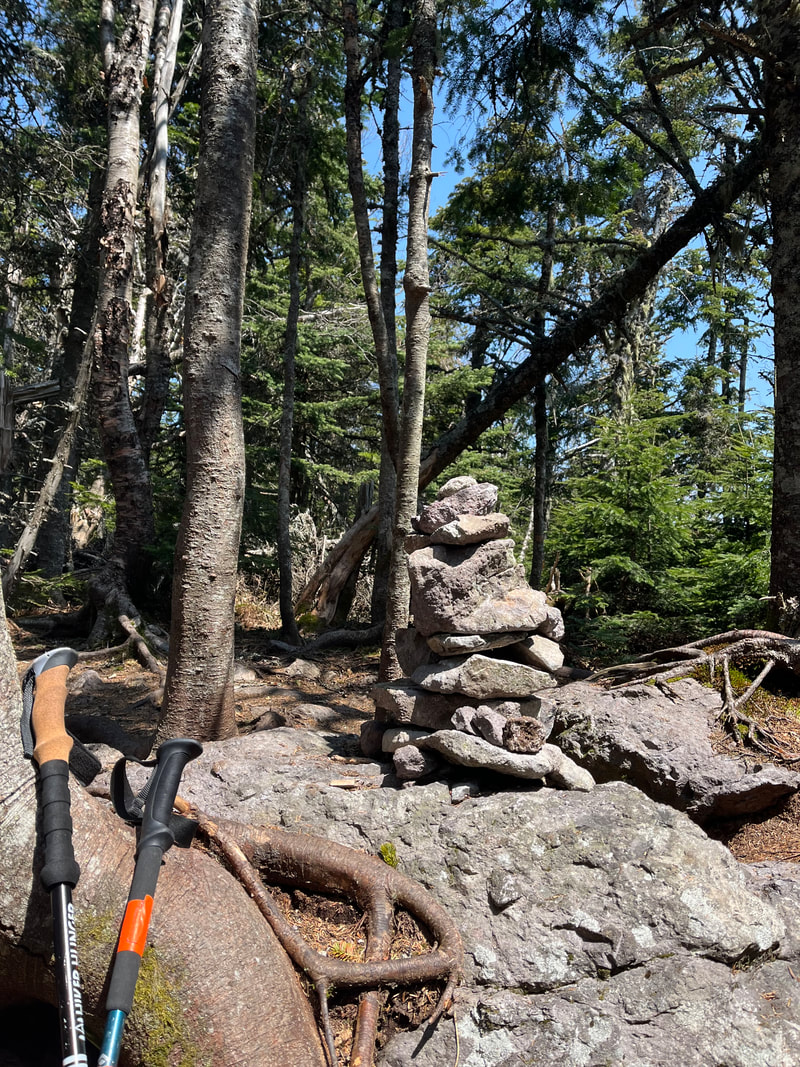
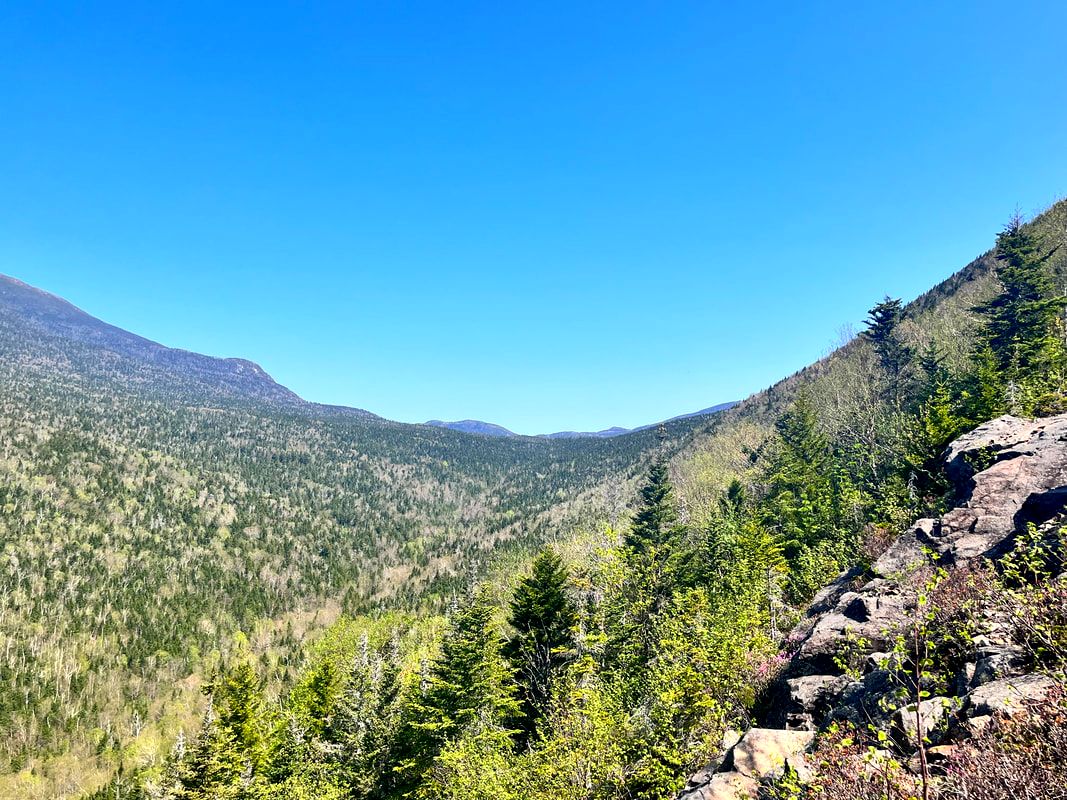
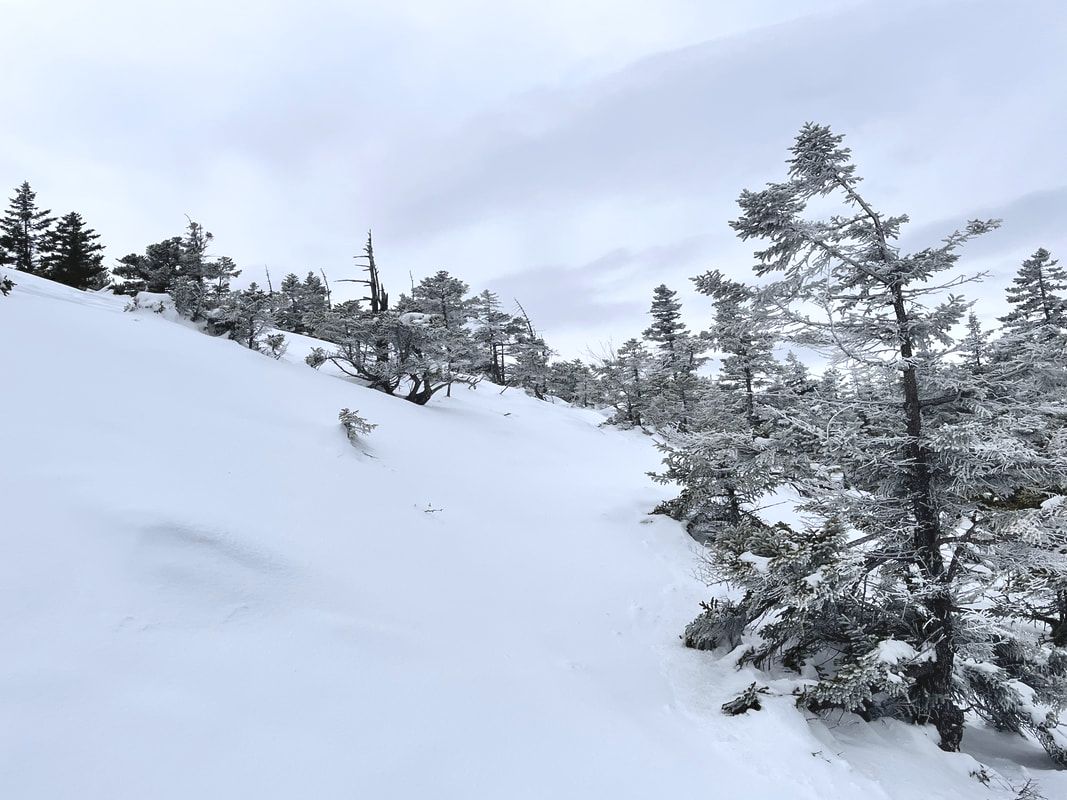
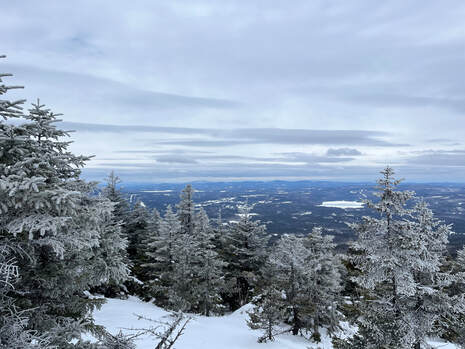
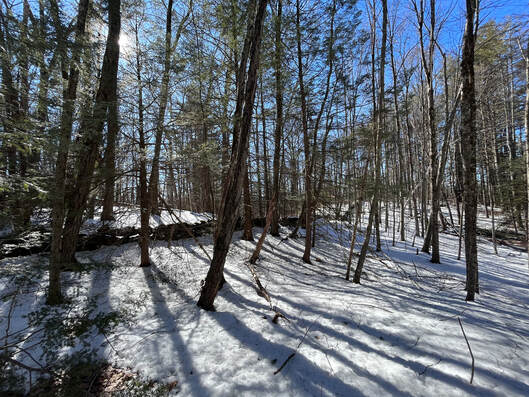
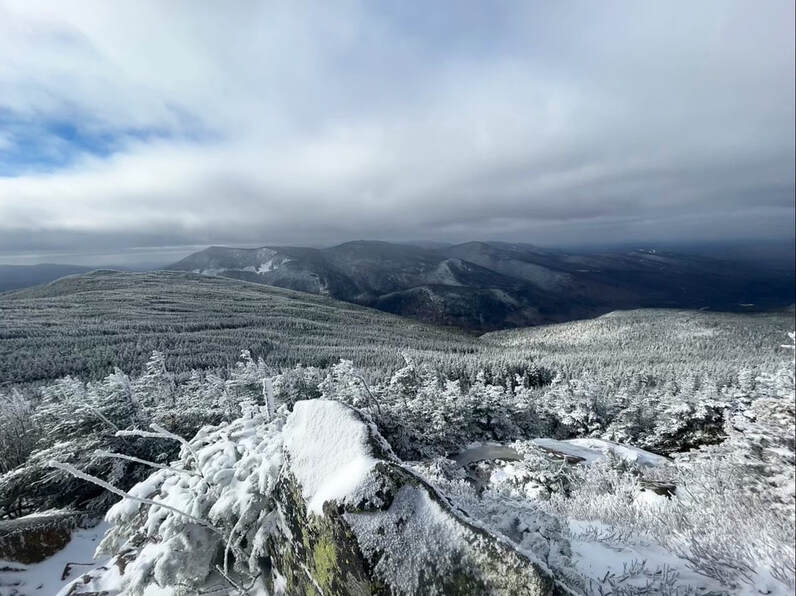
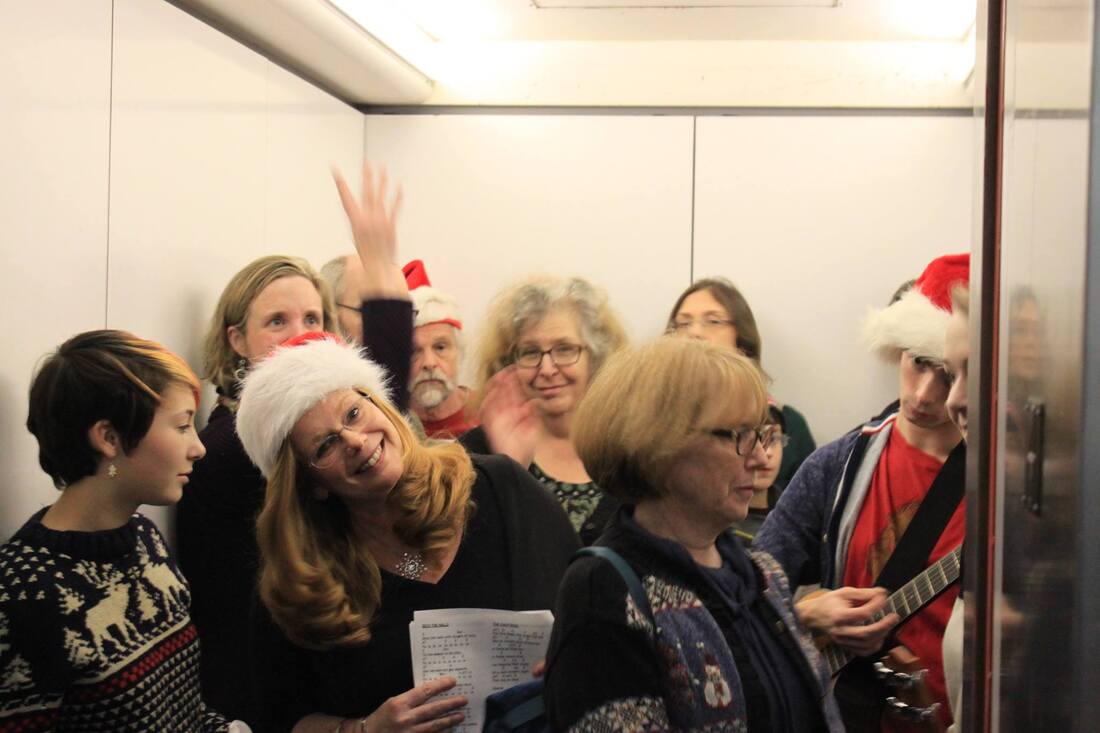
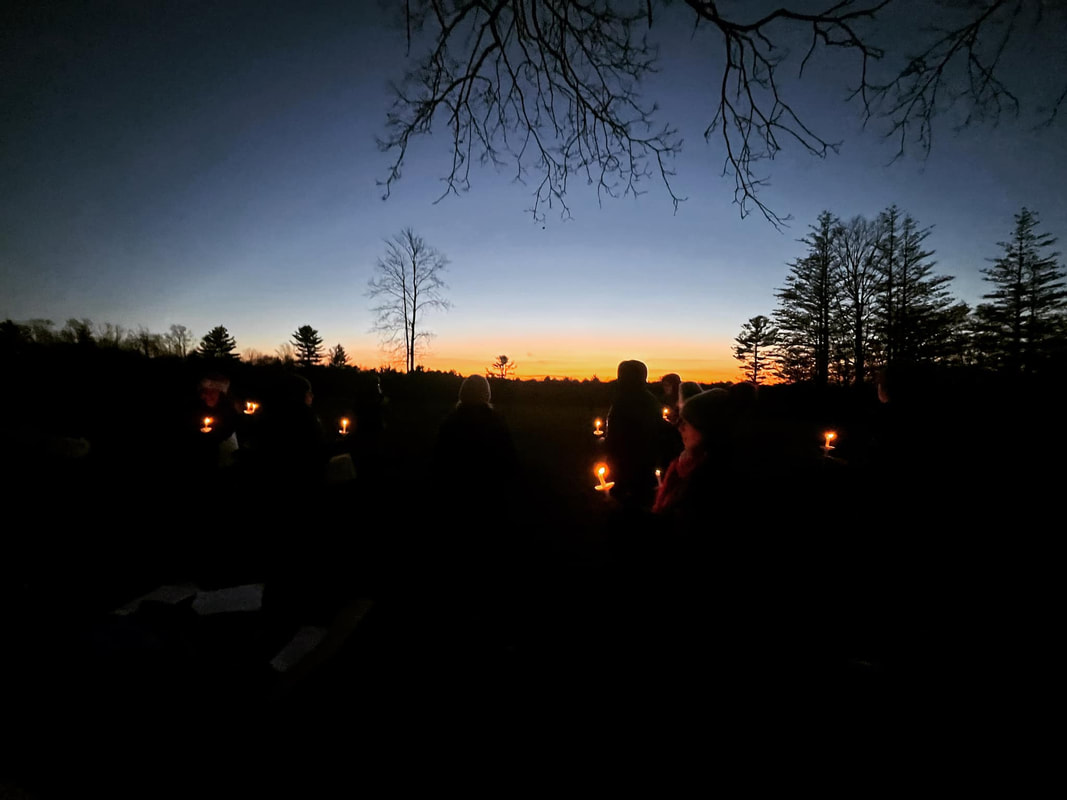
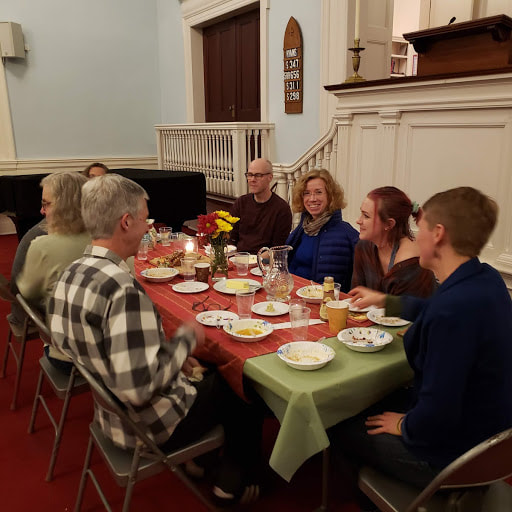
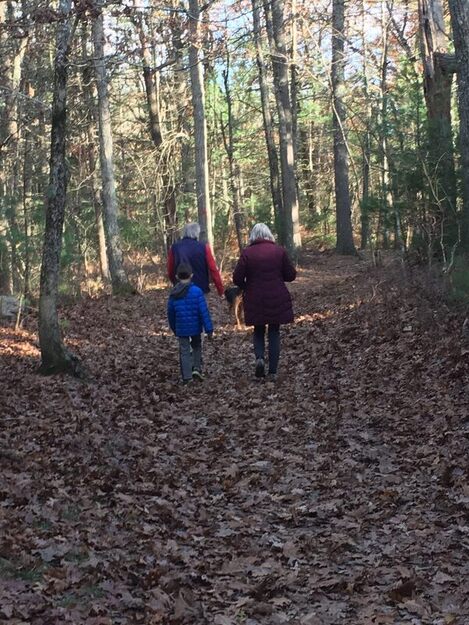
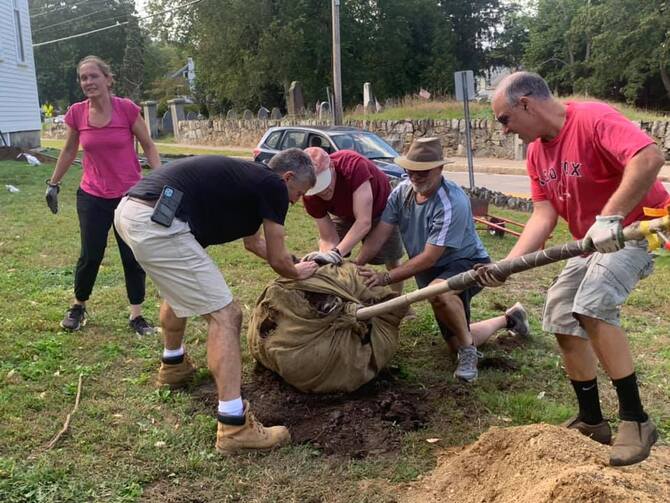
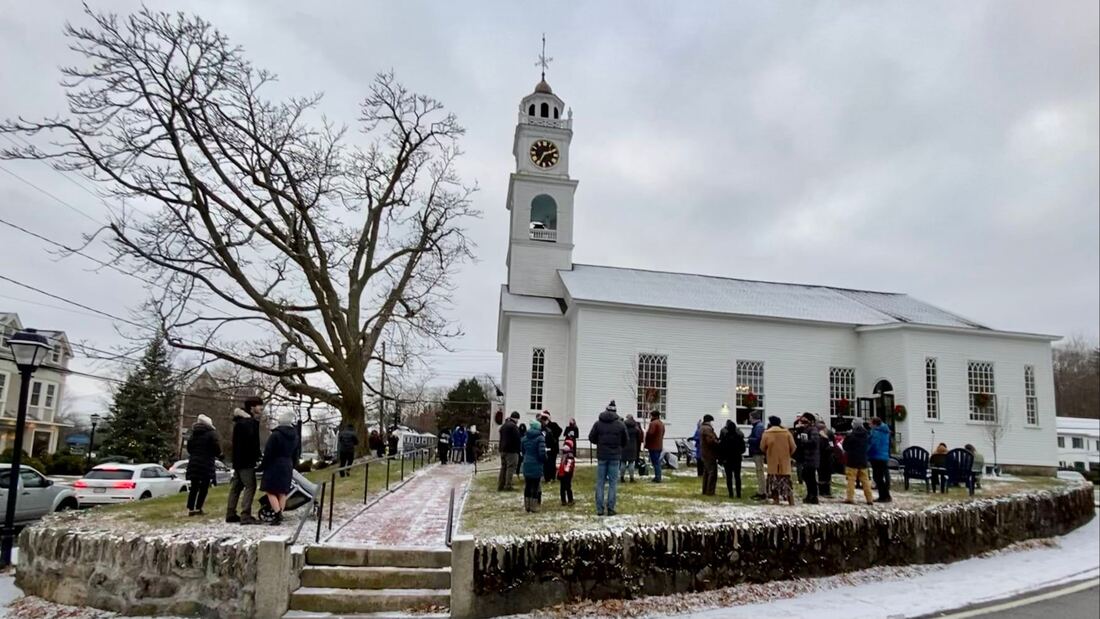
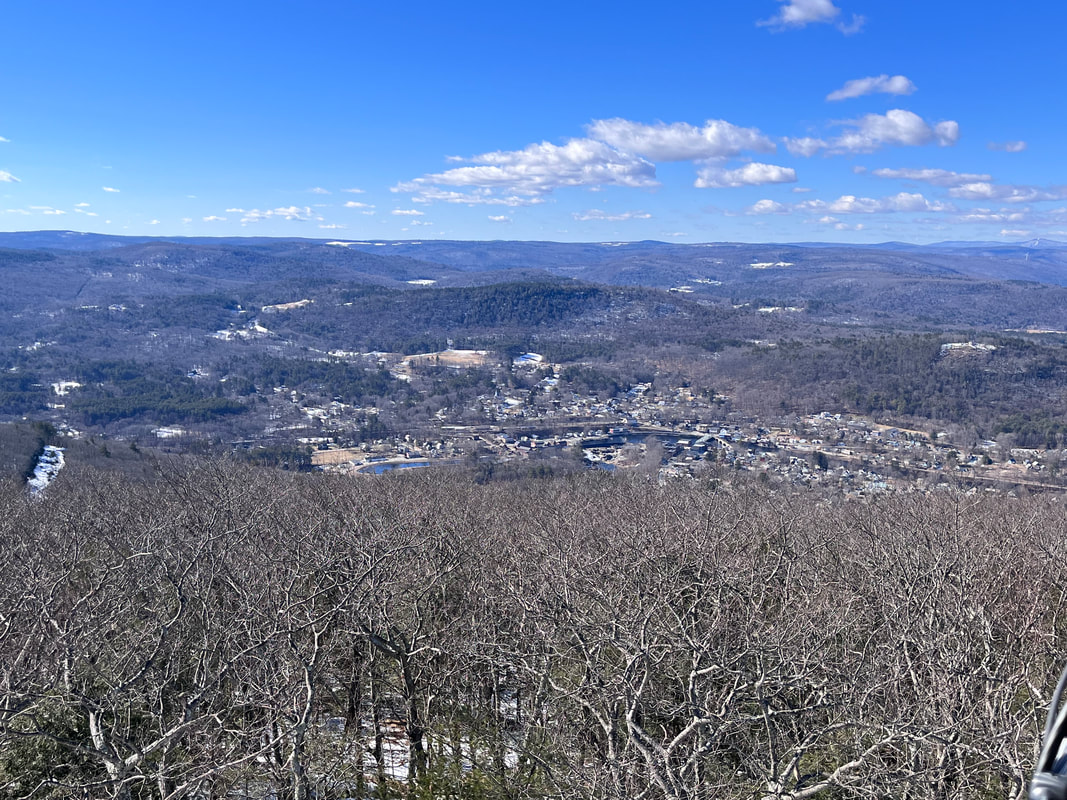
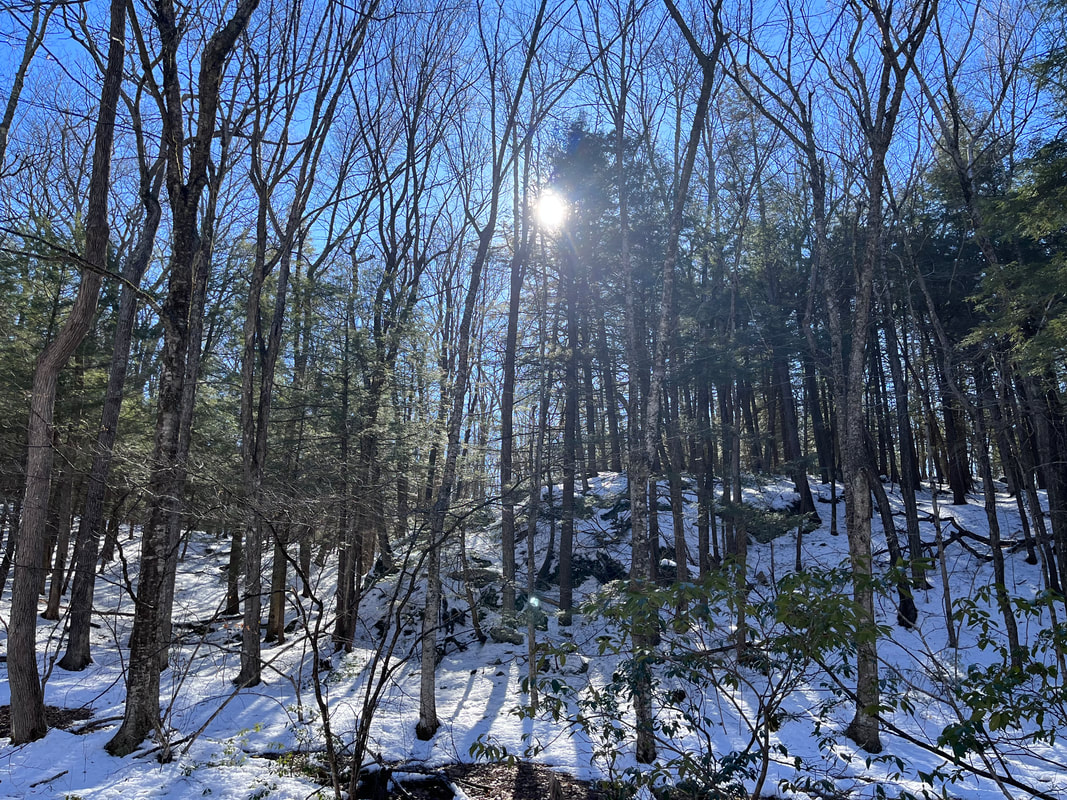
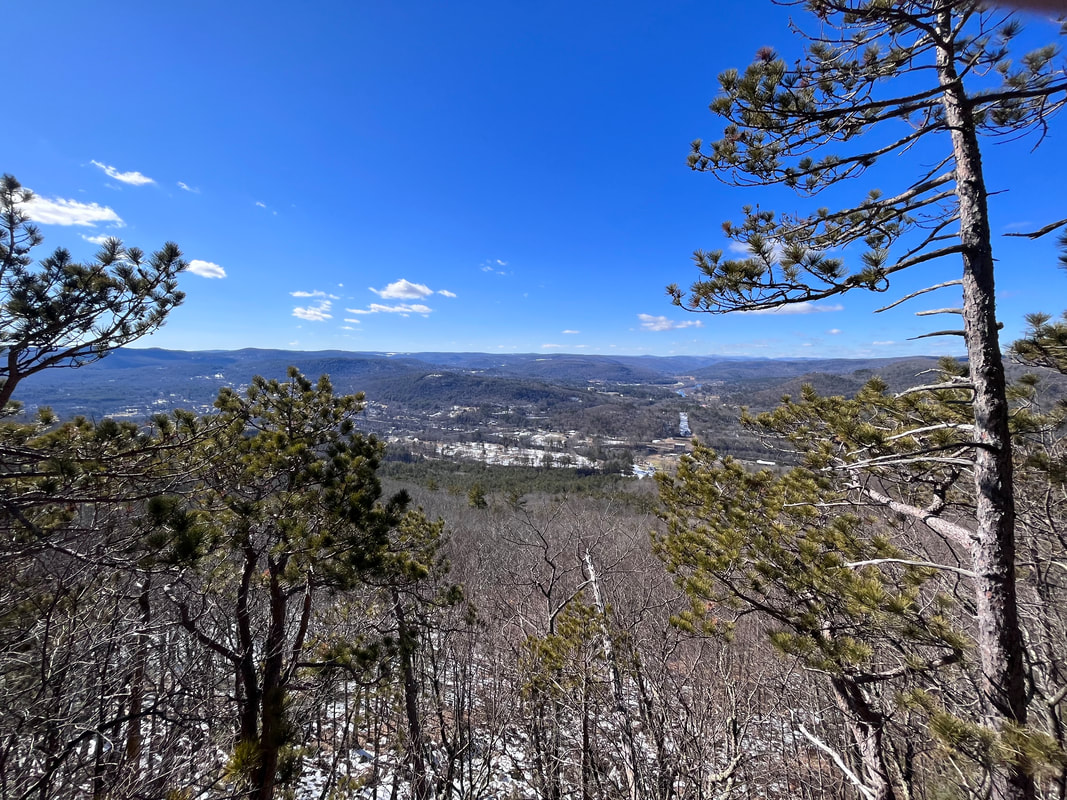
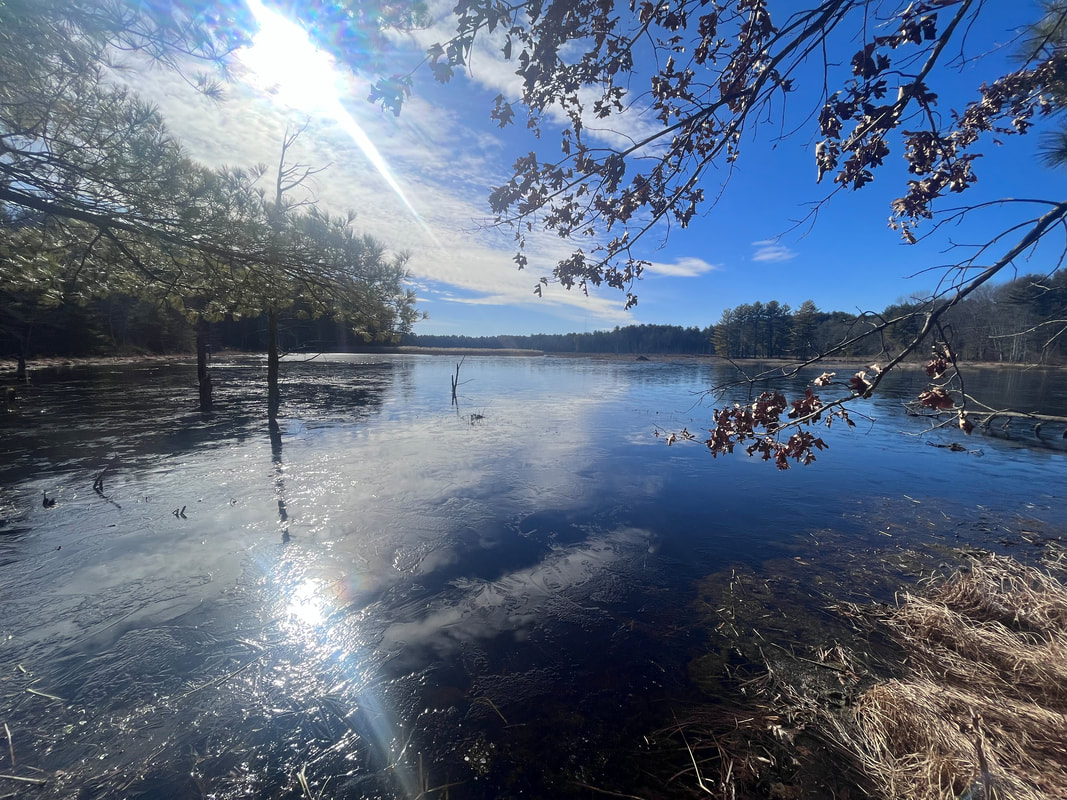
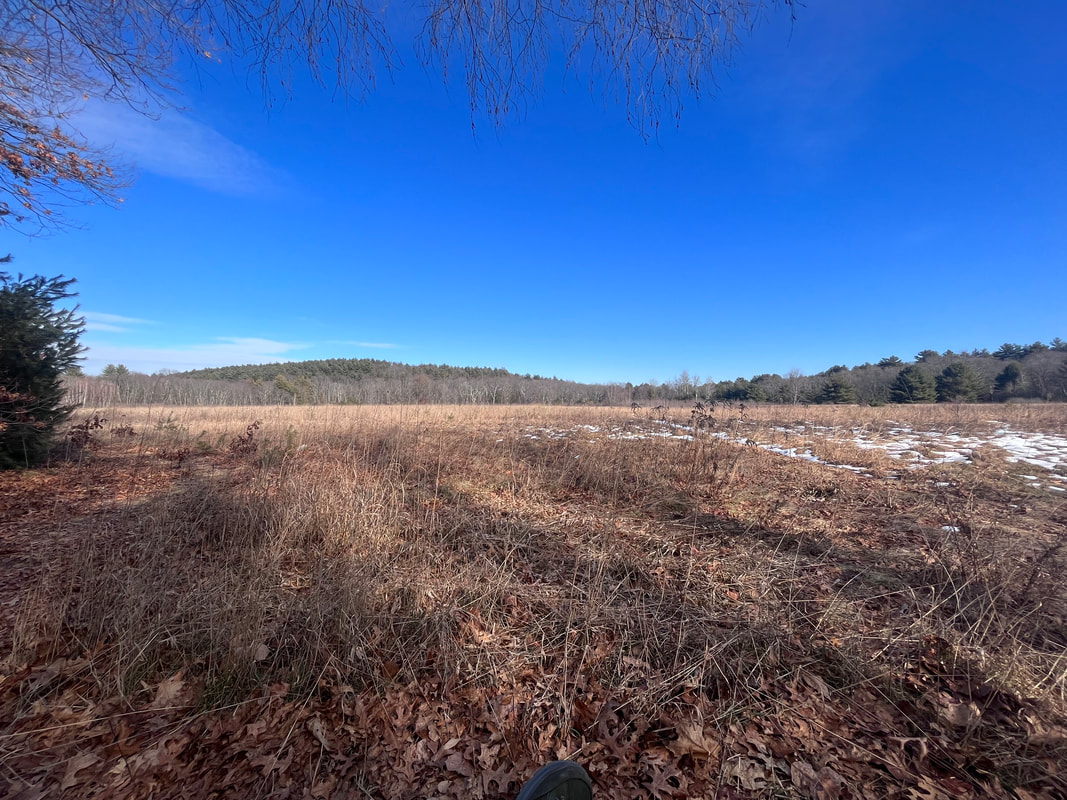
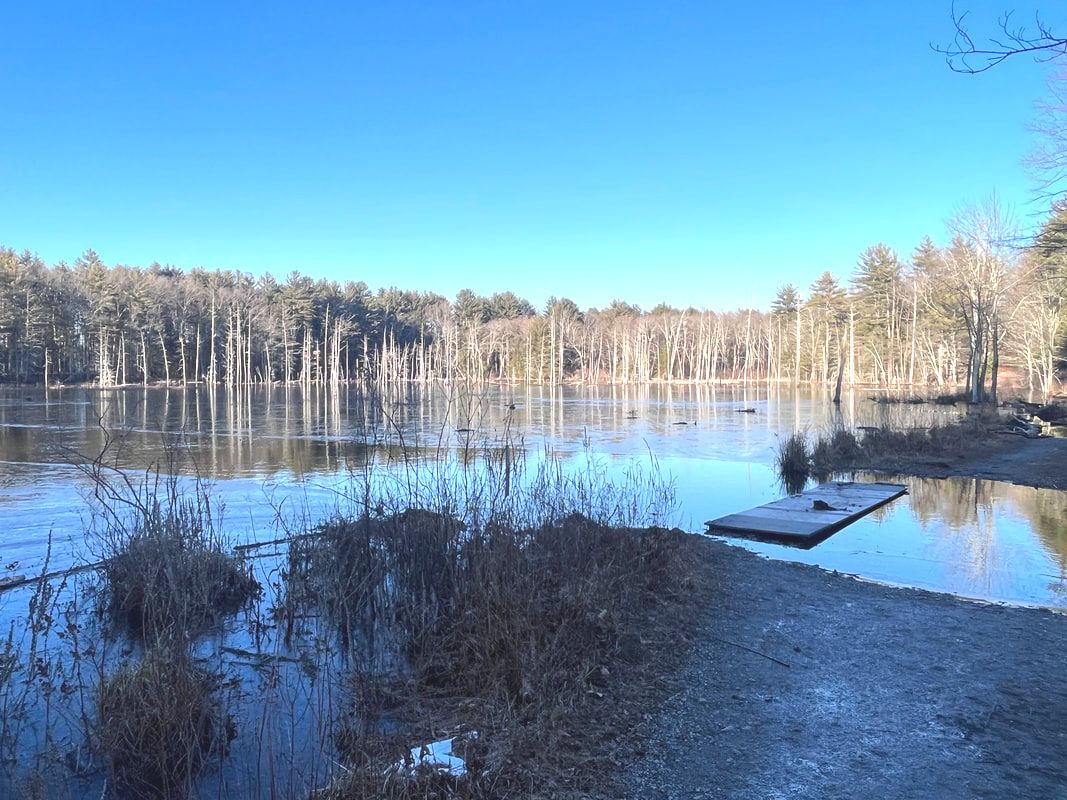
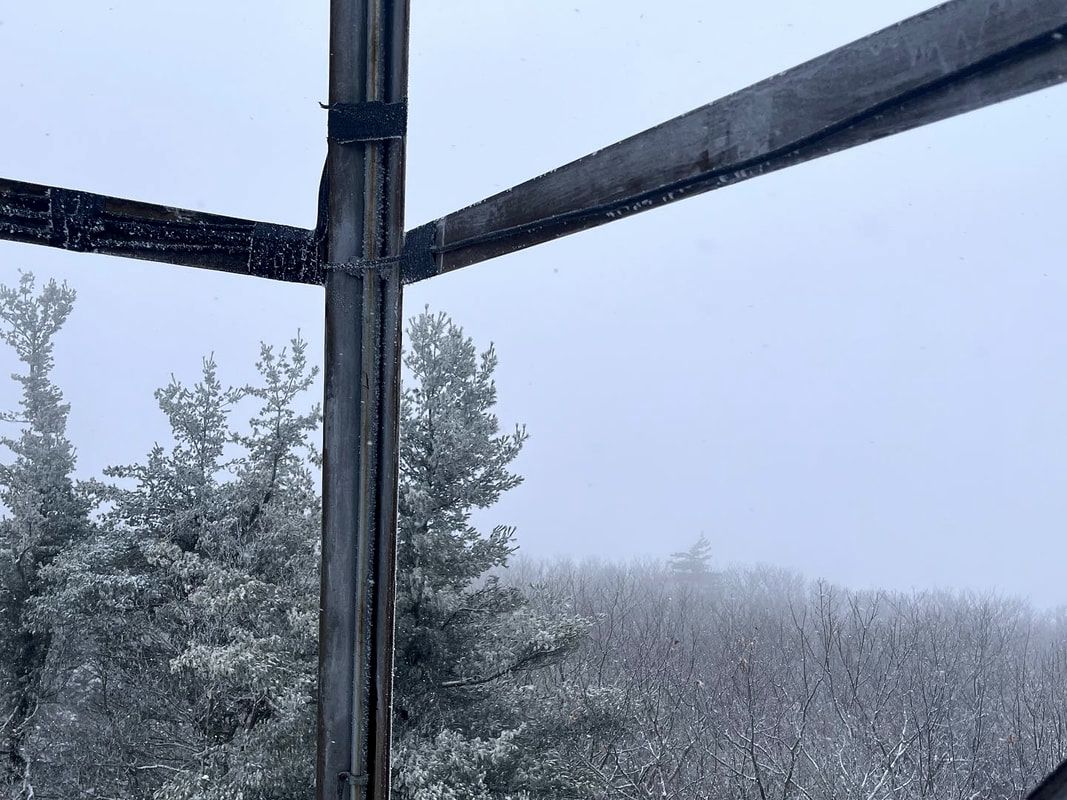
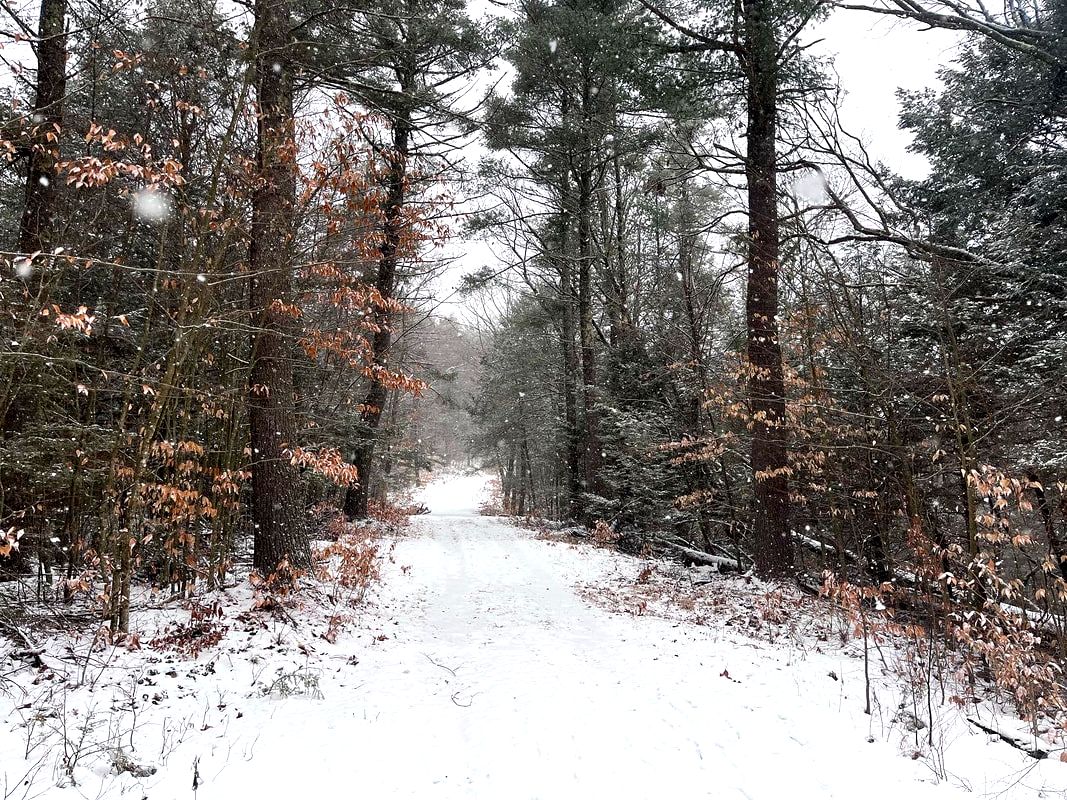
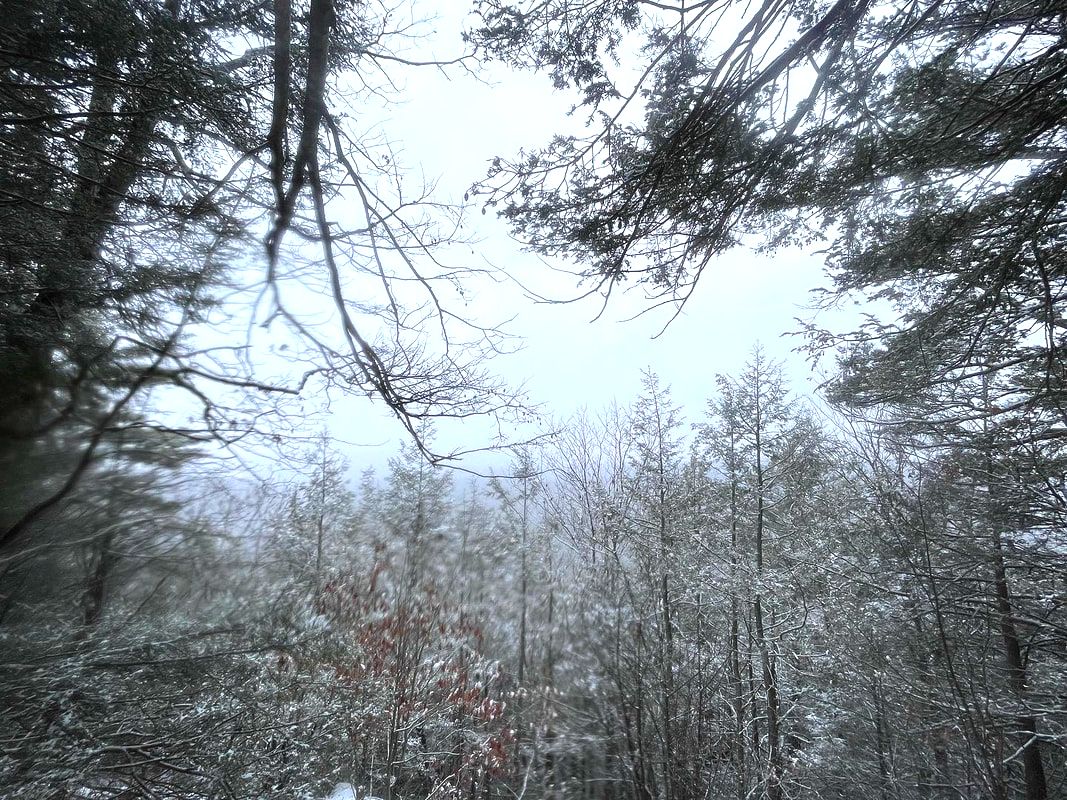
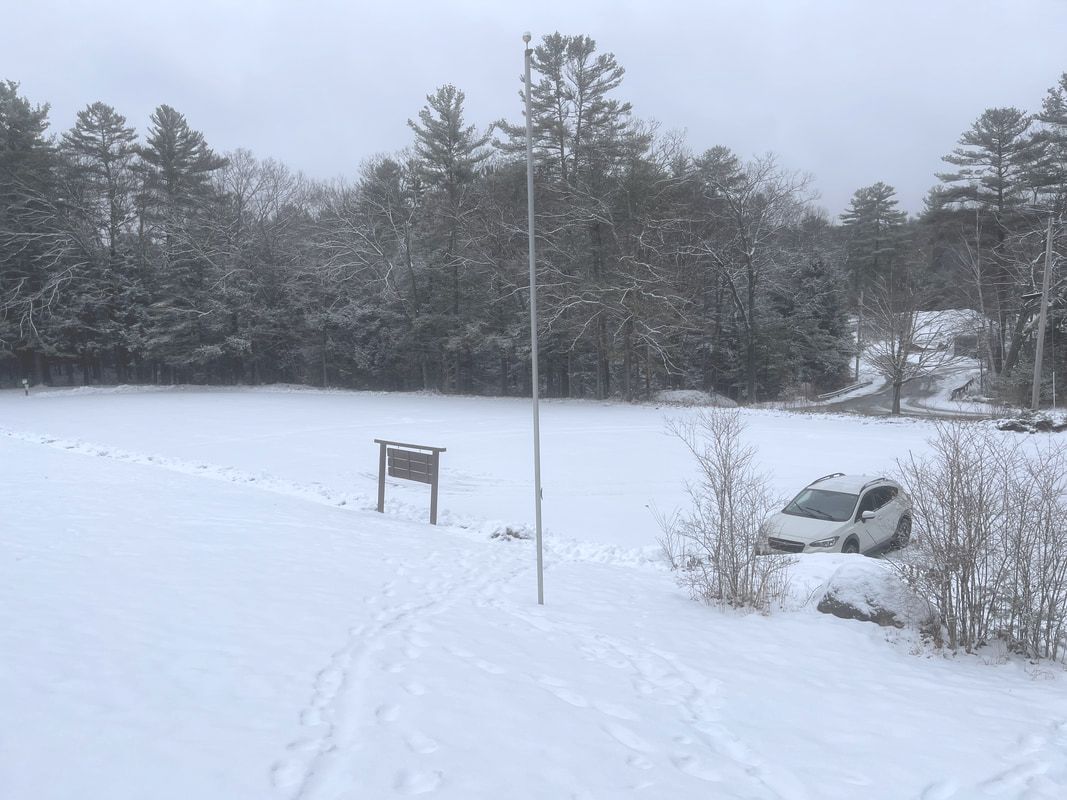
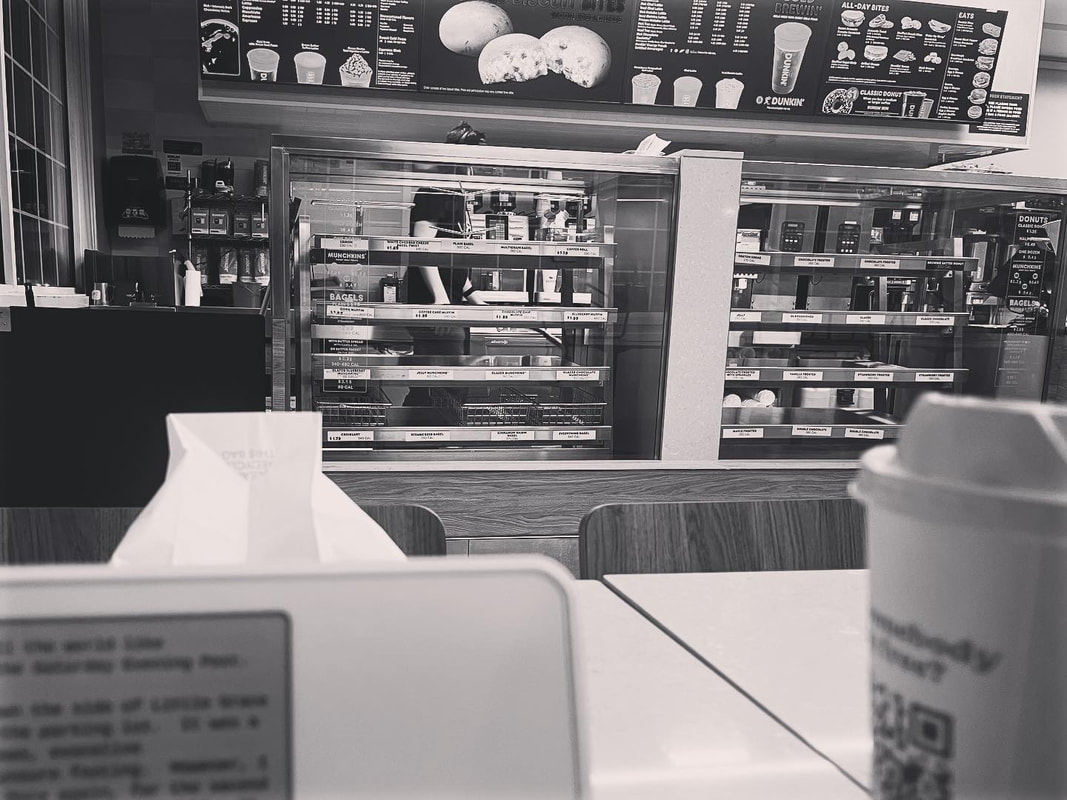
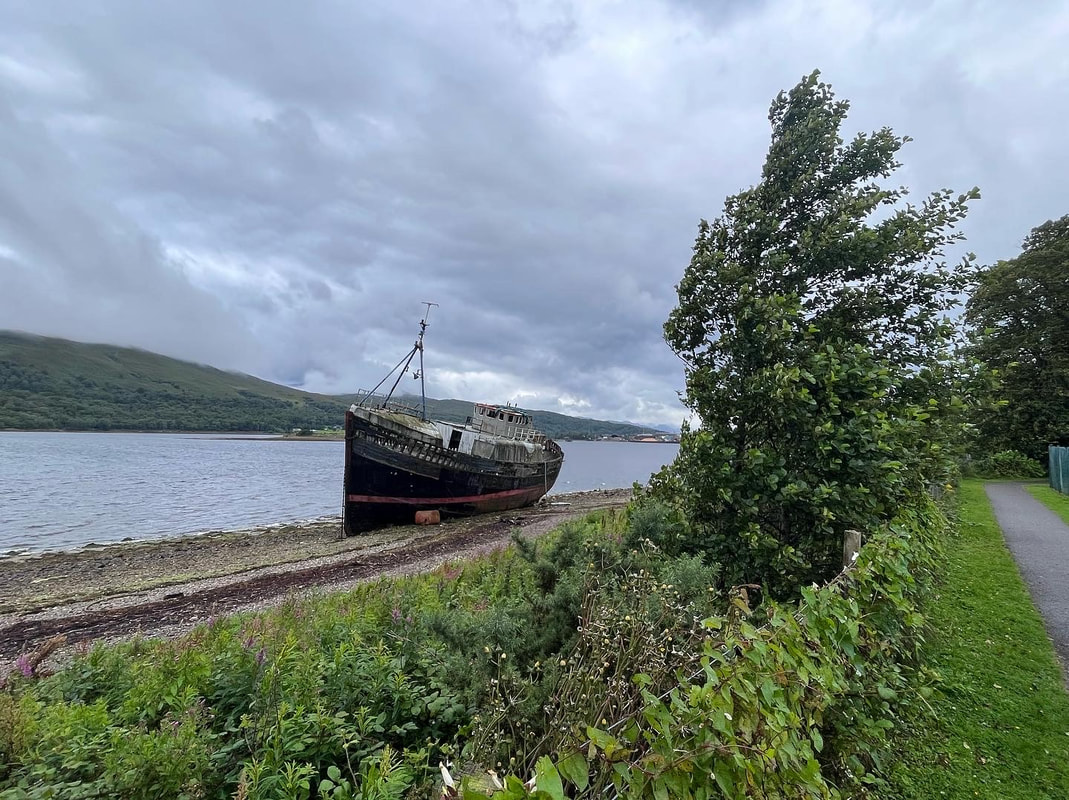
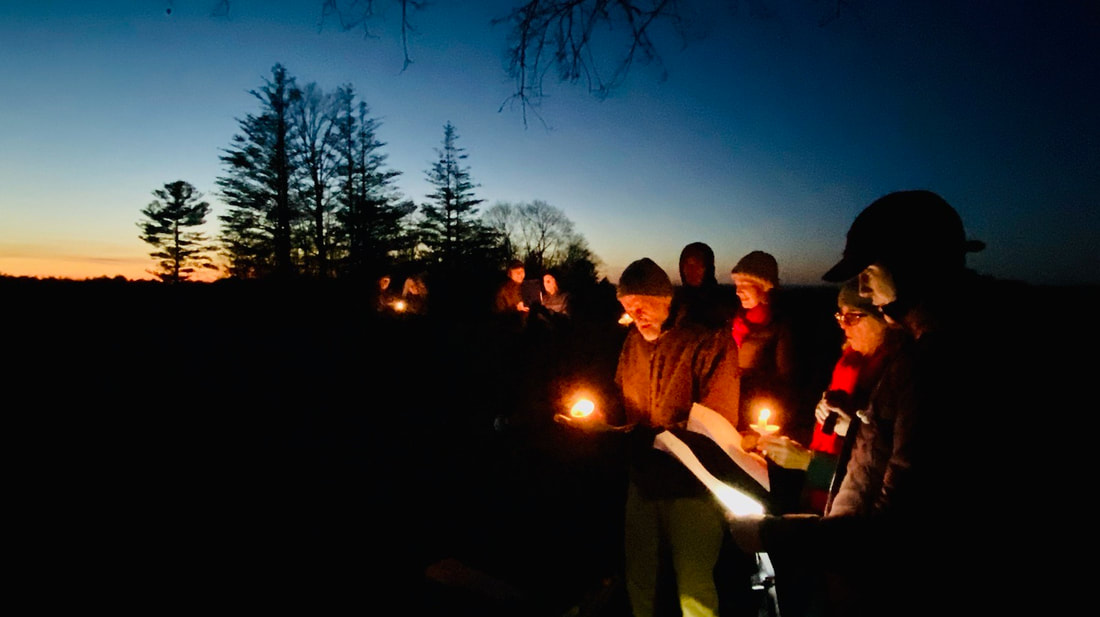
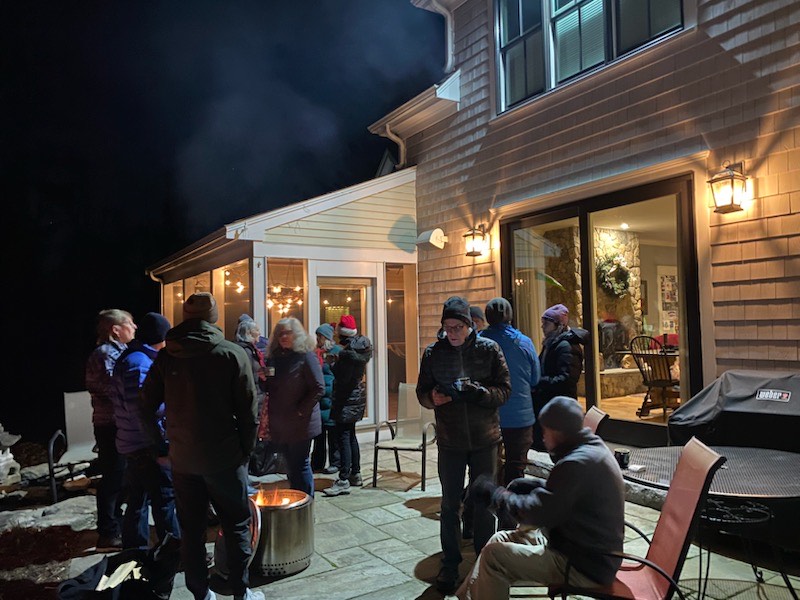
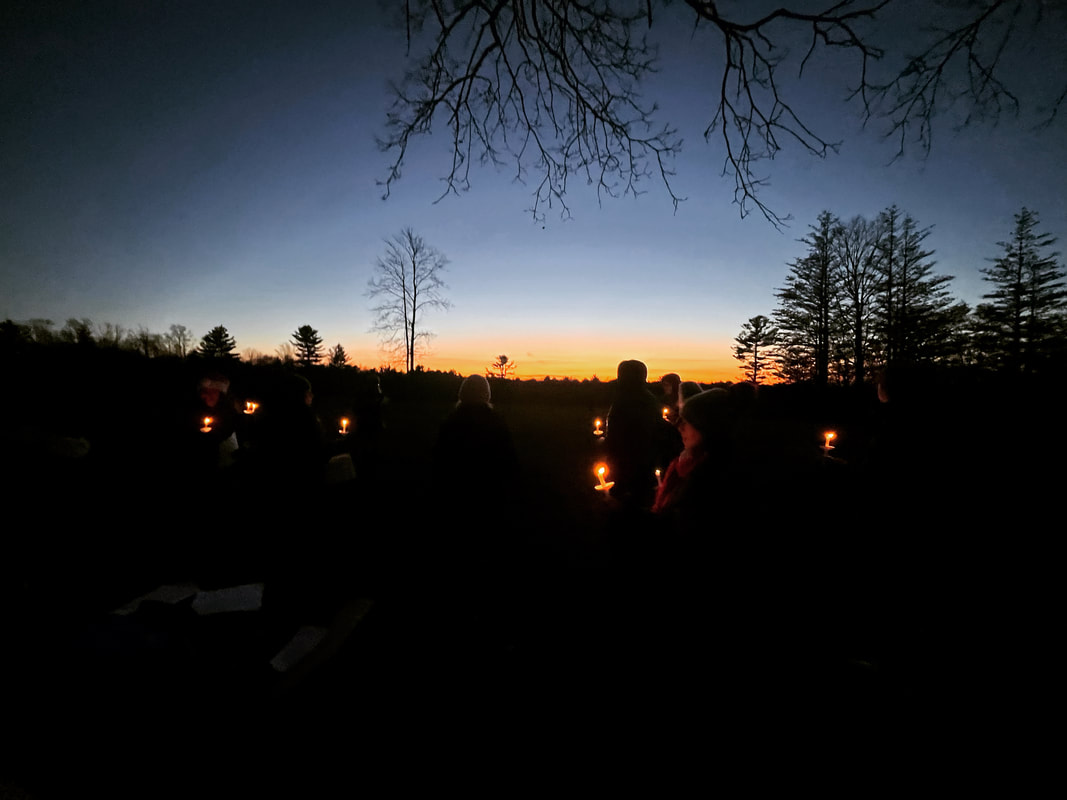
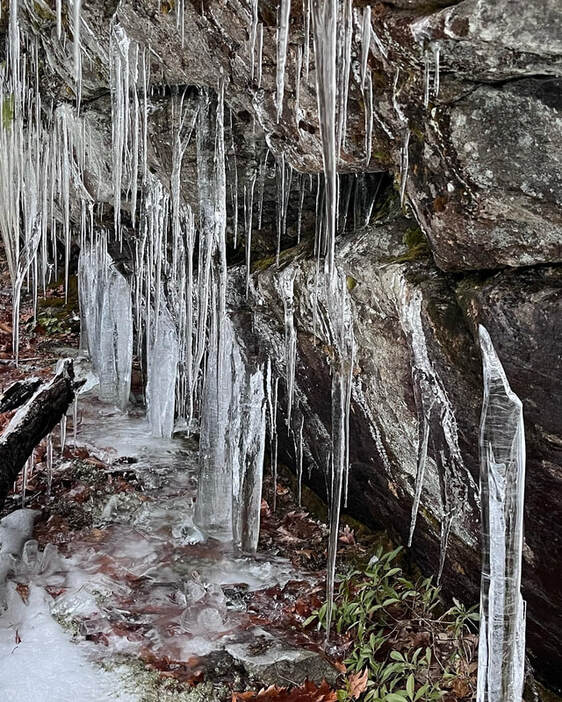
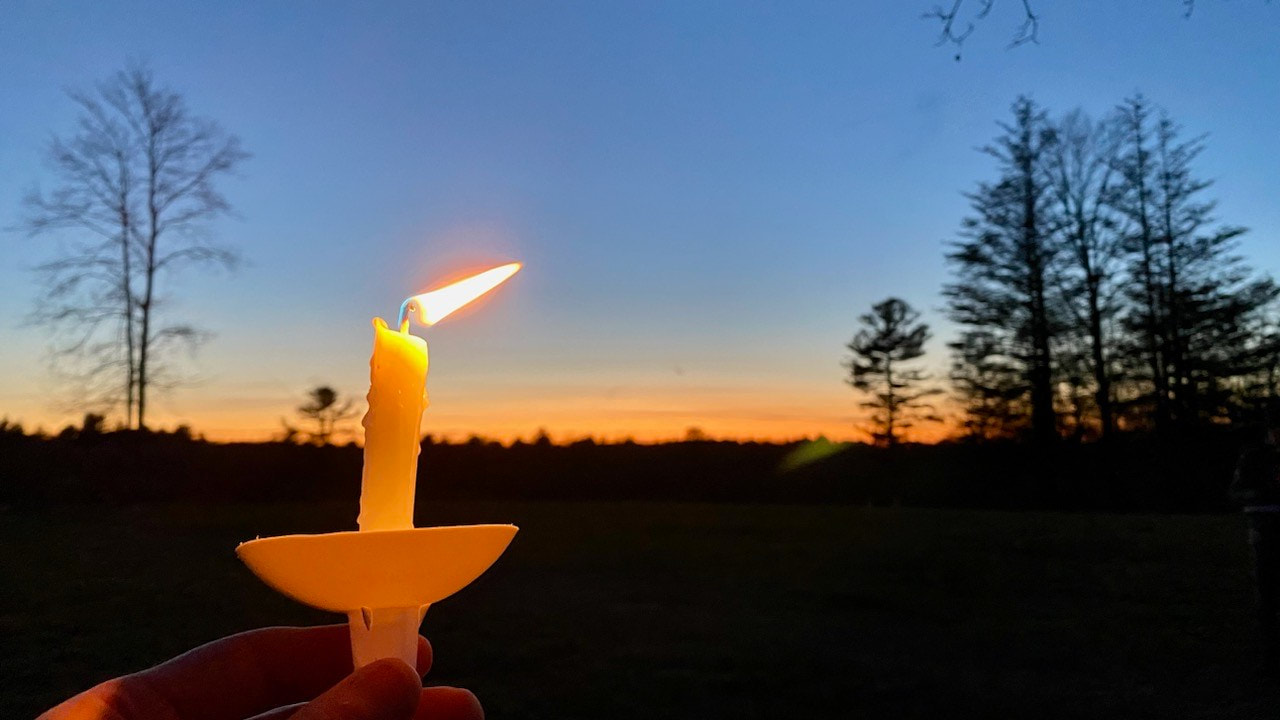
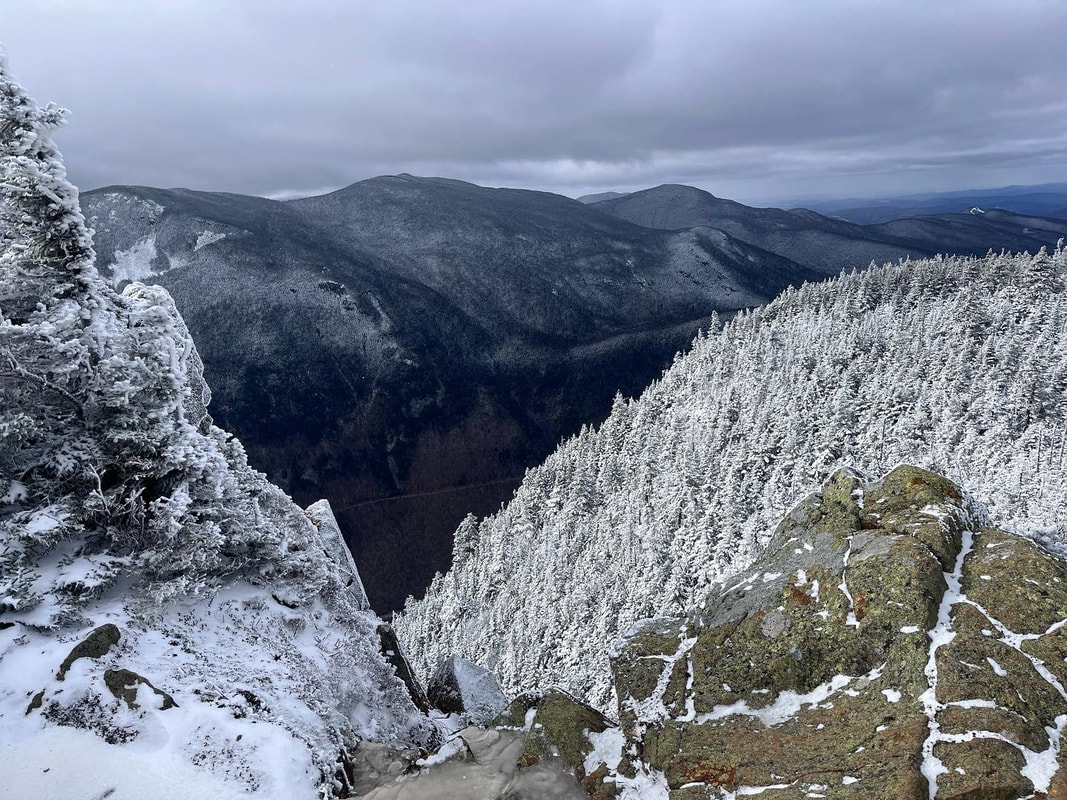
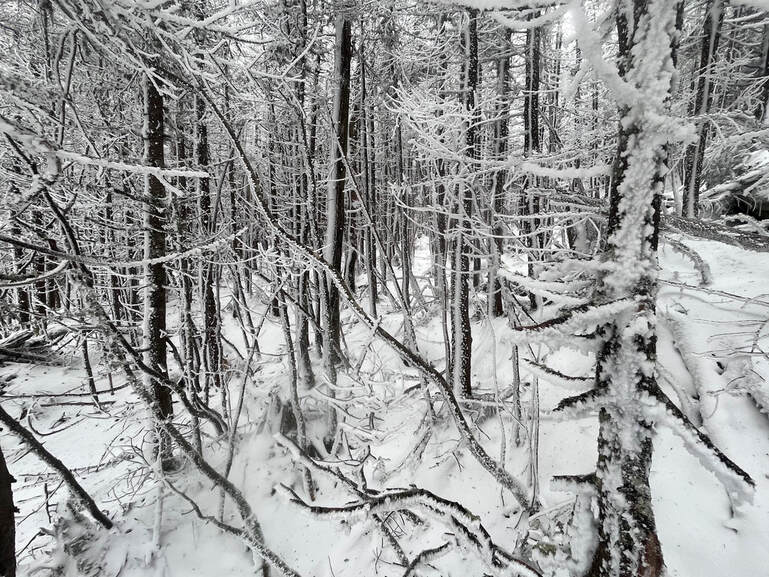
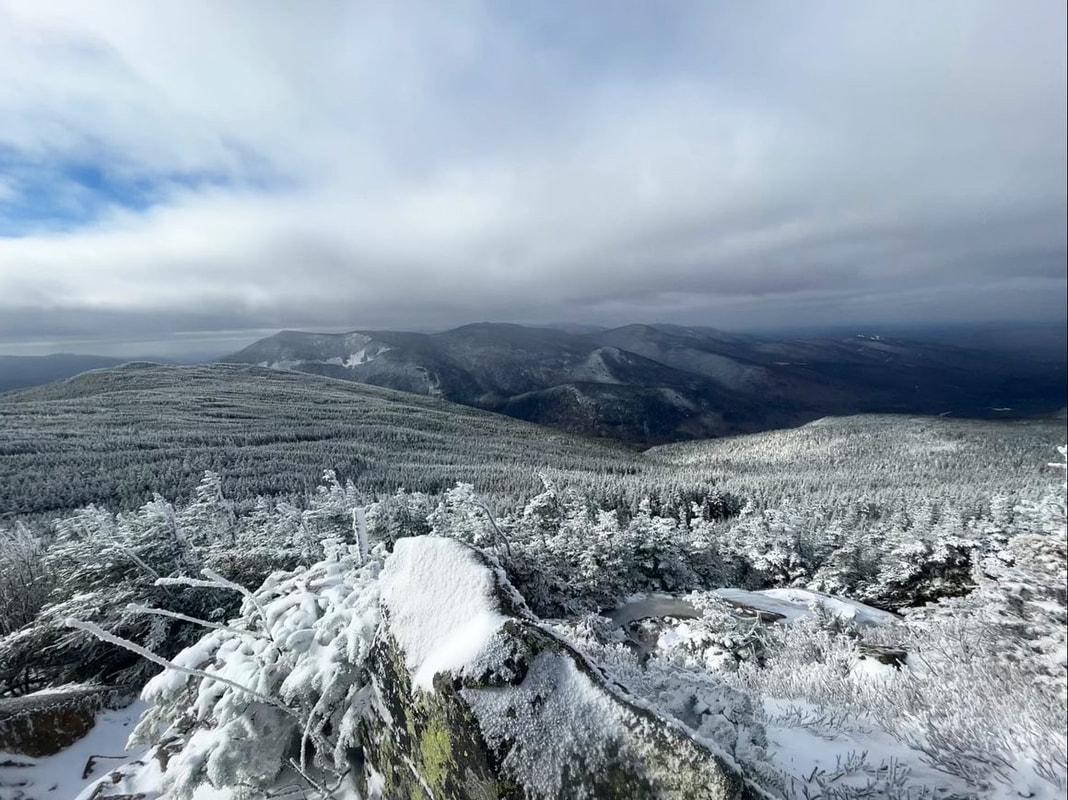
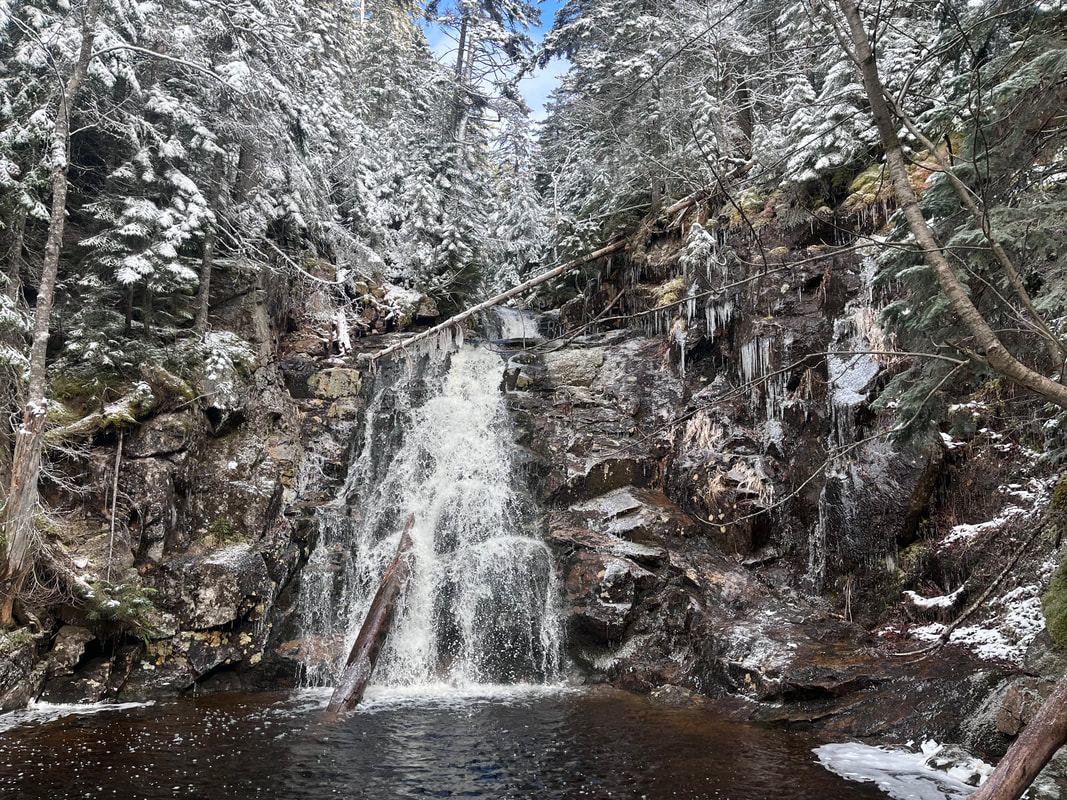
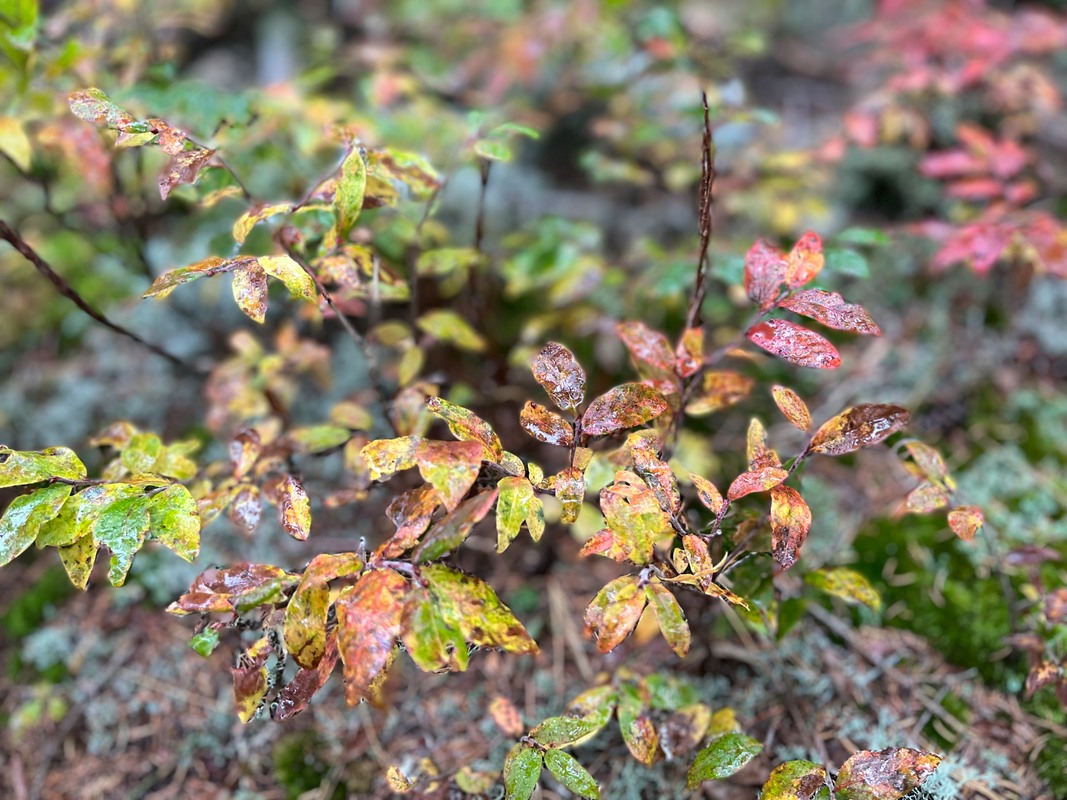
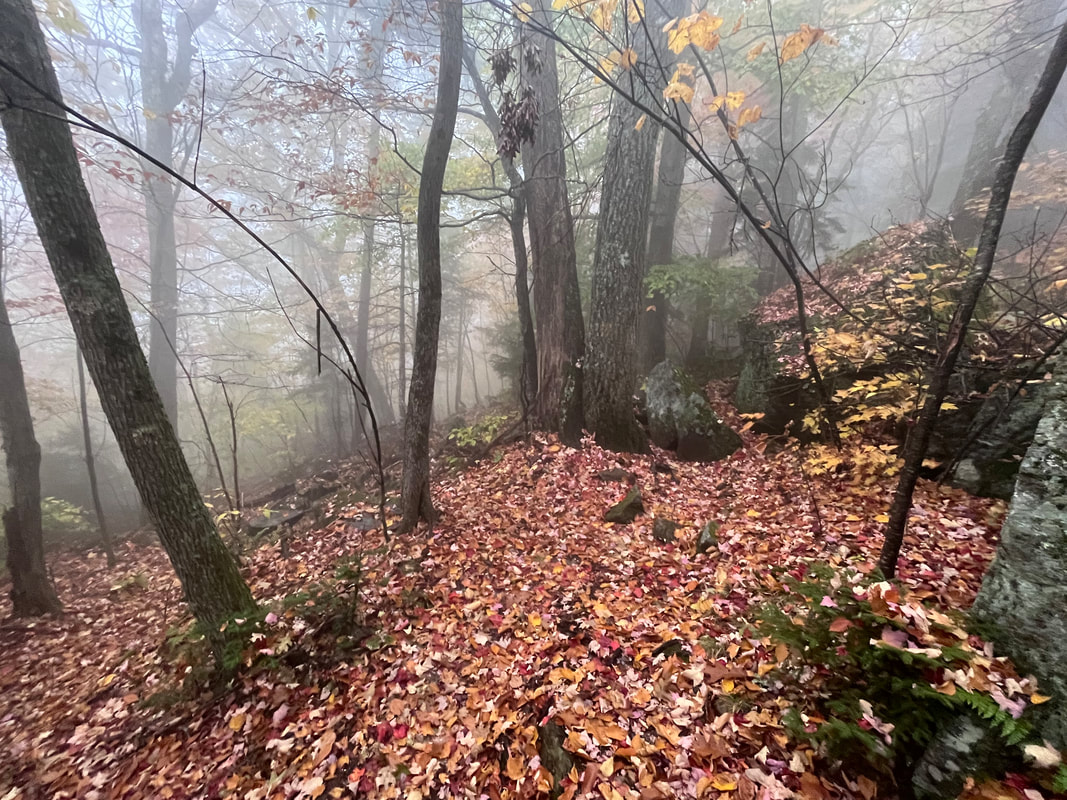
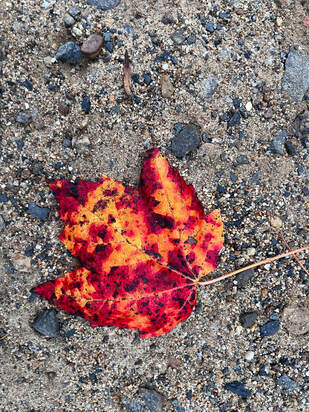
 RSS Feed
RSS Feed